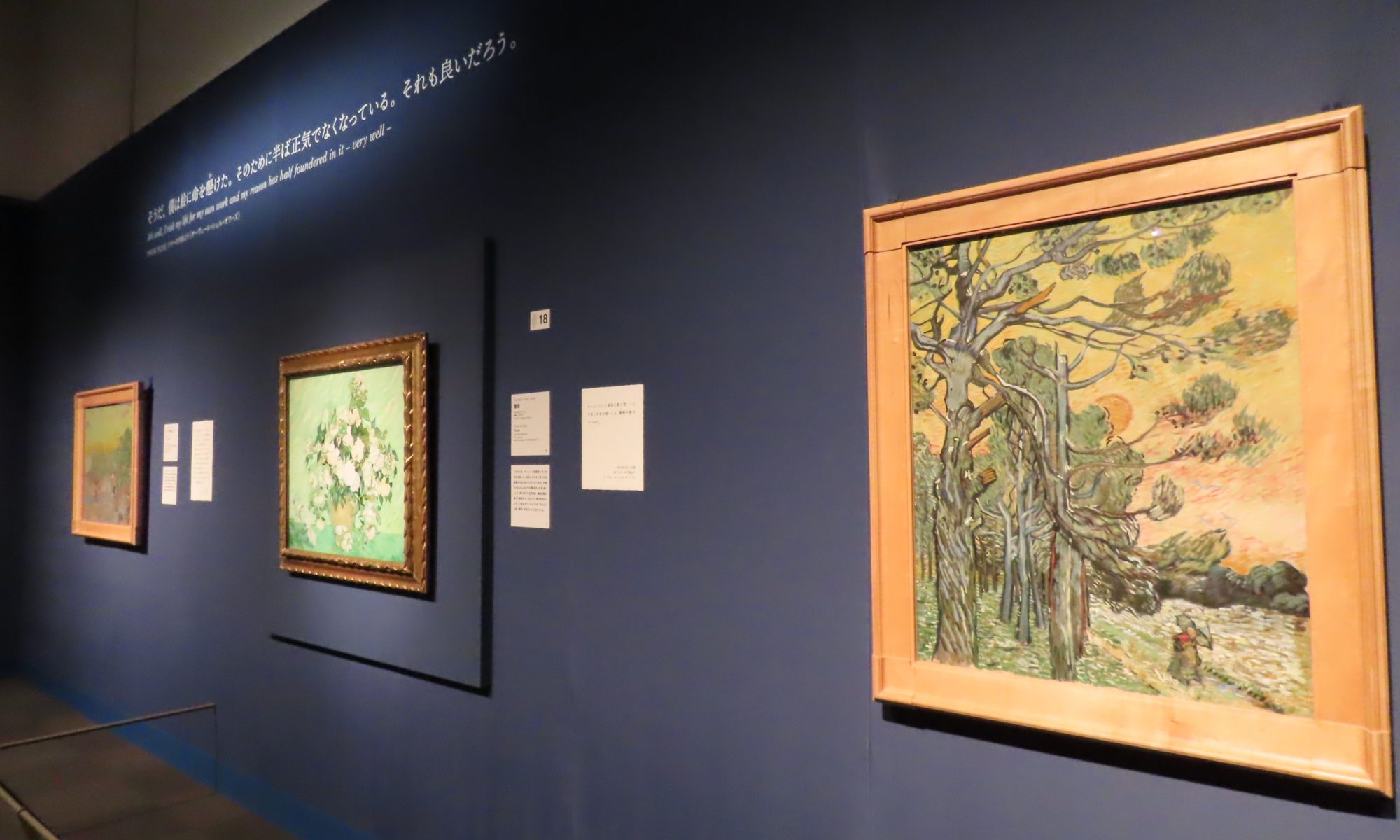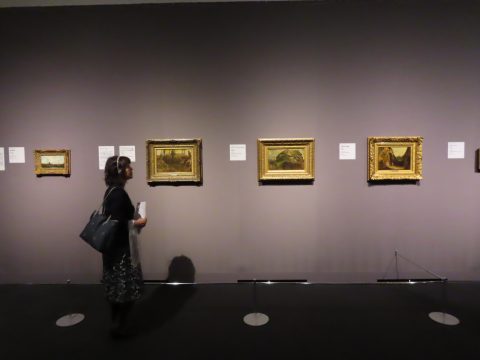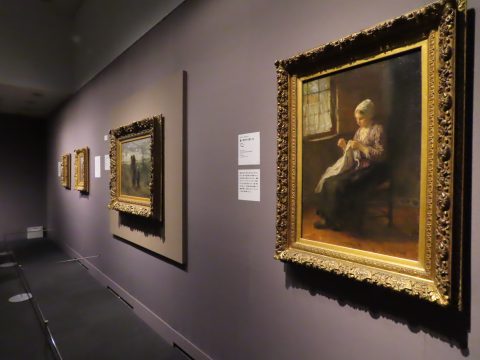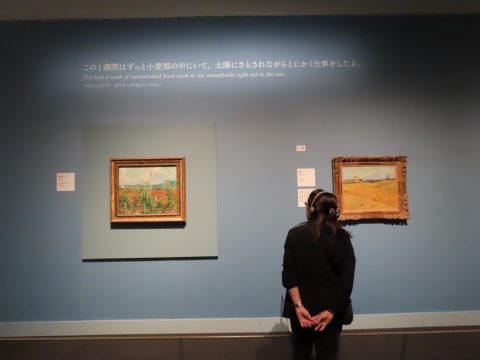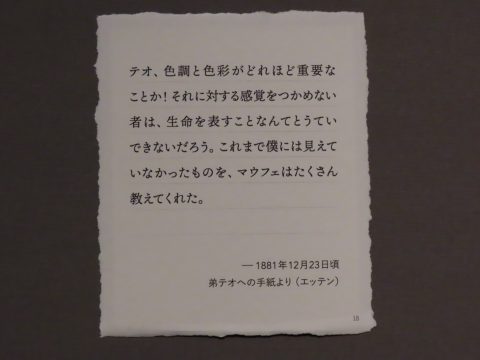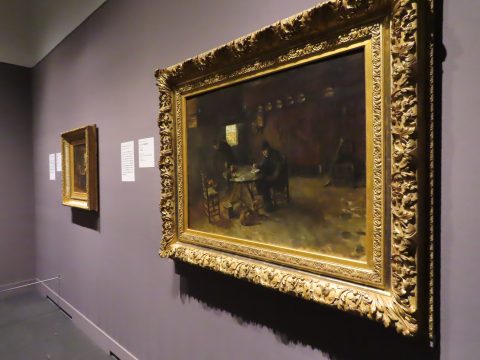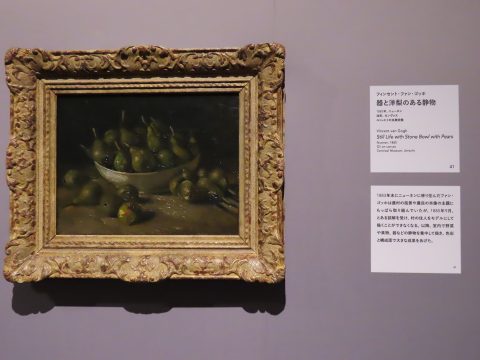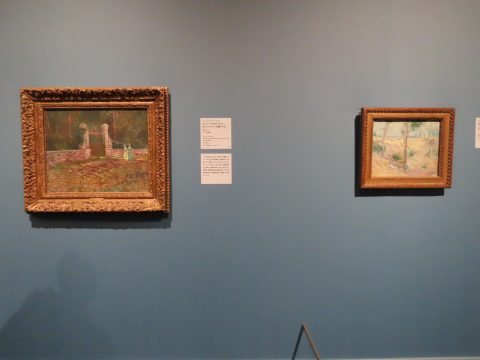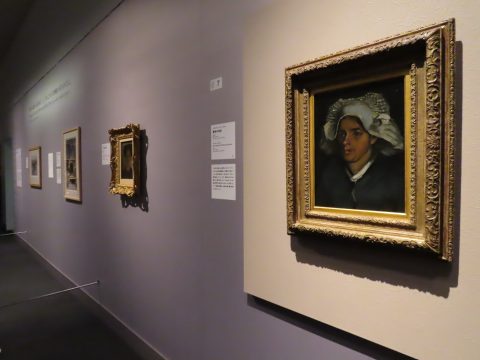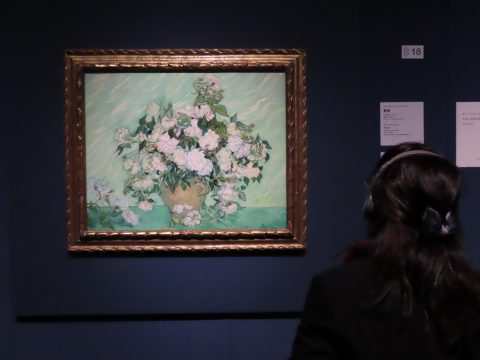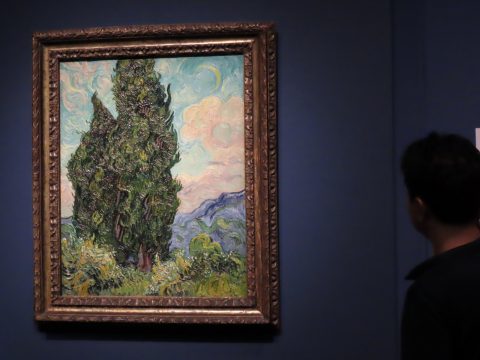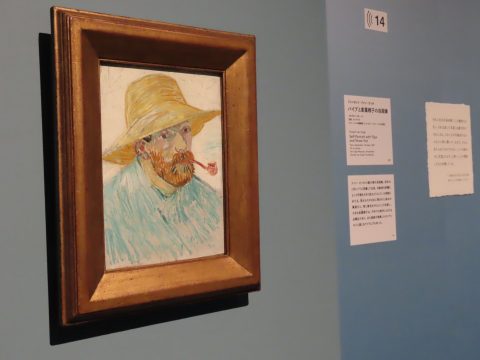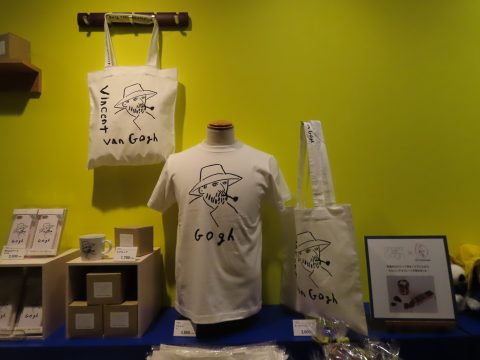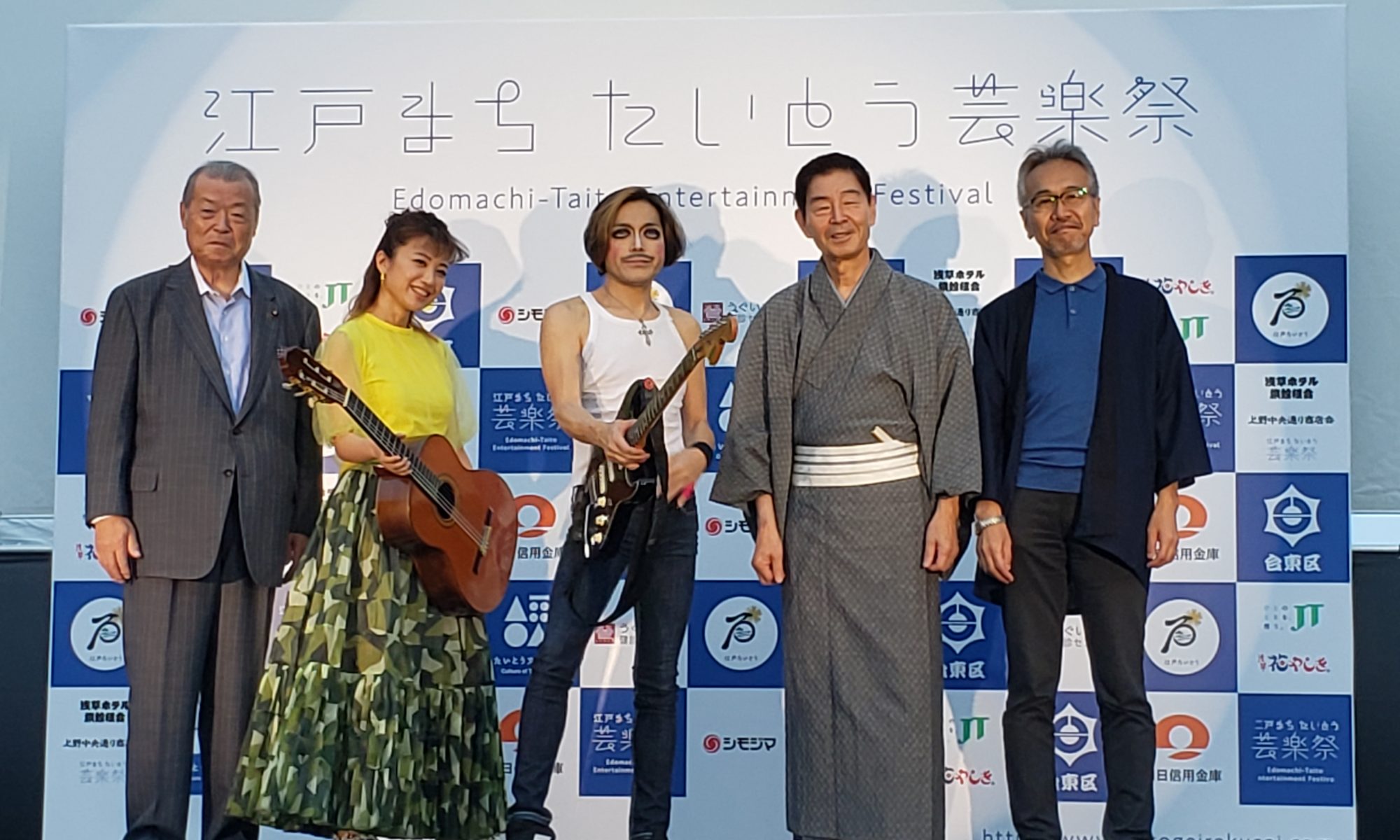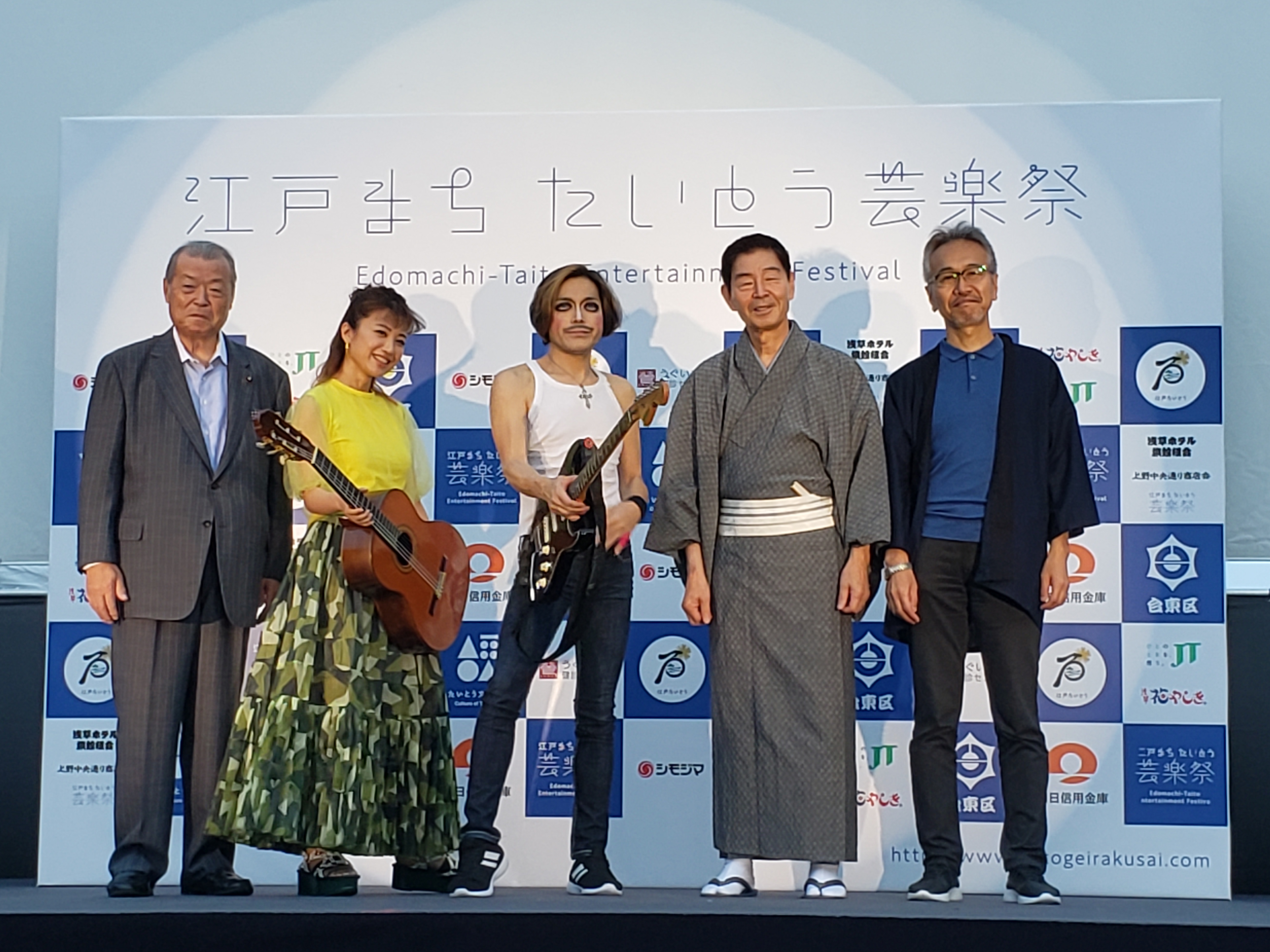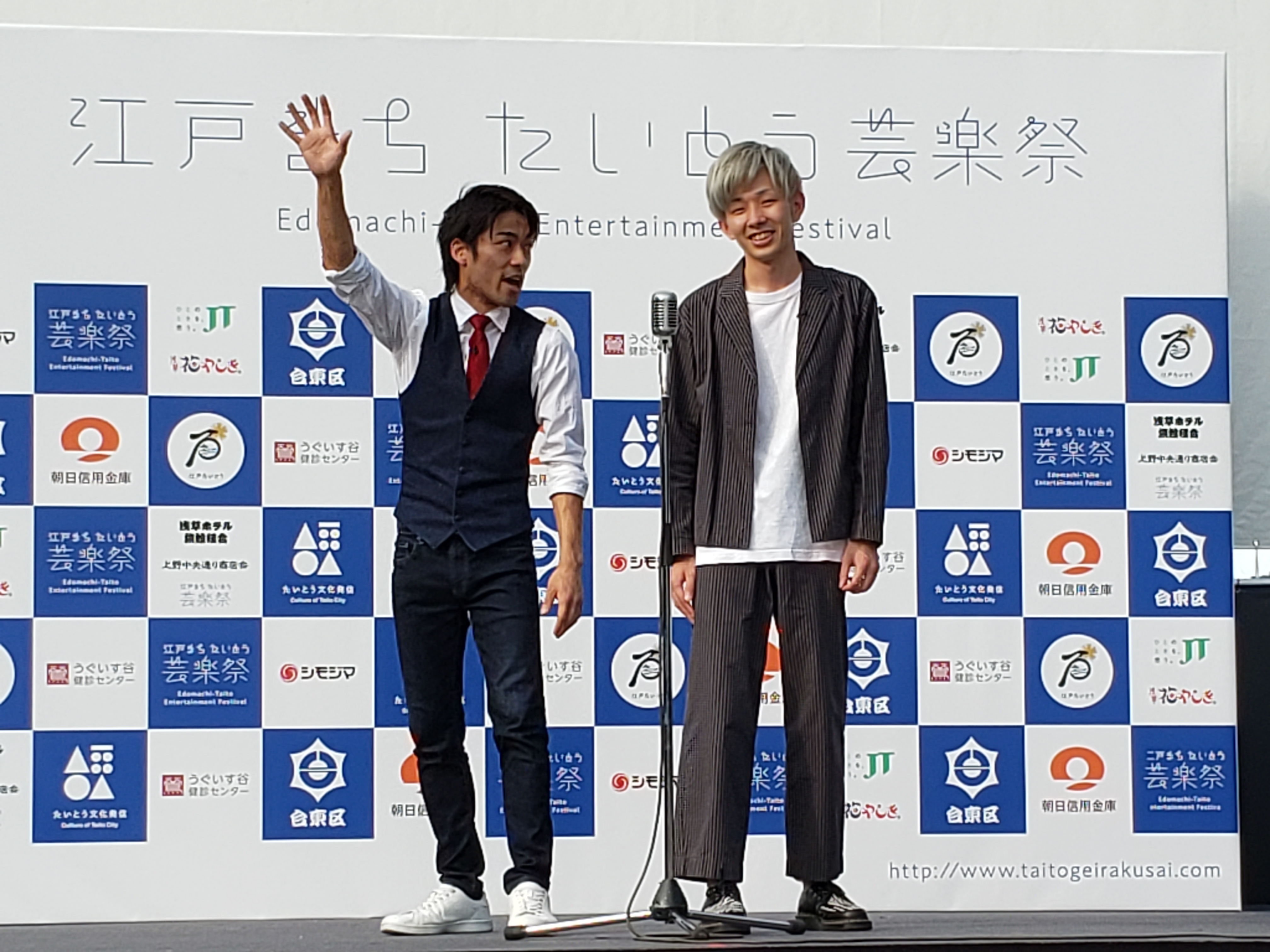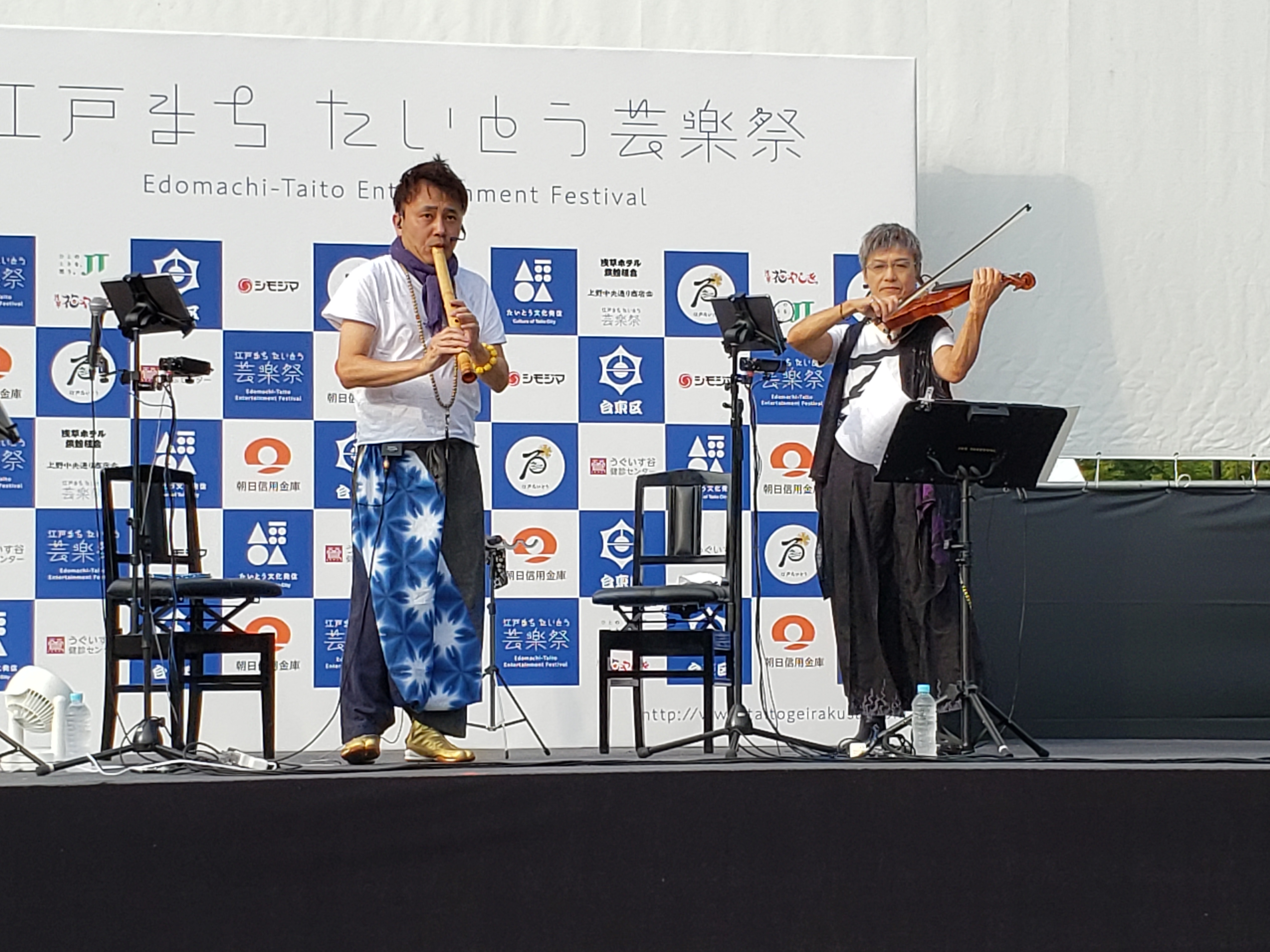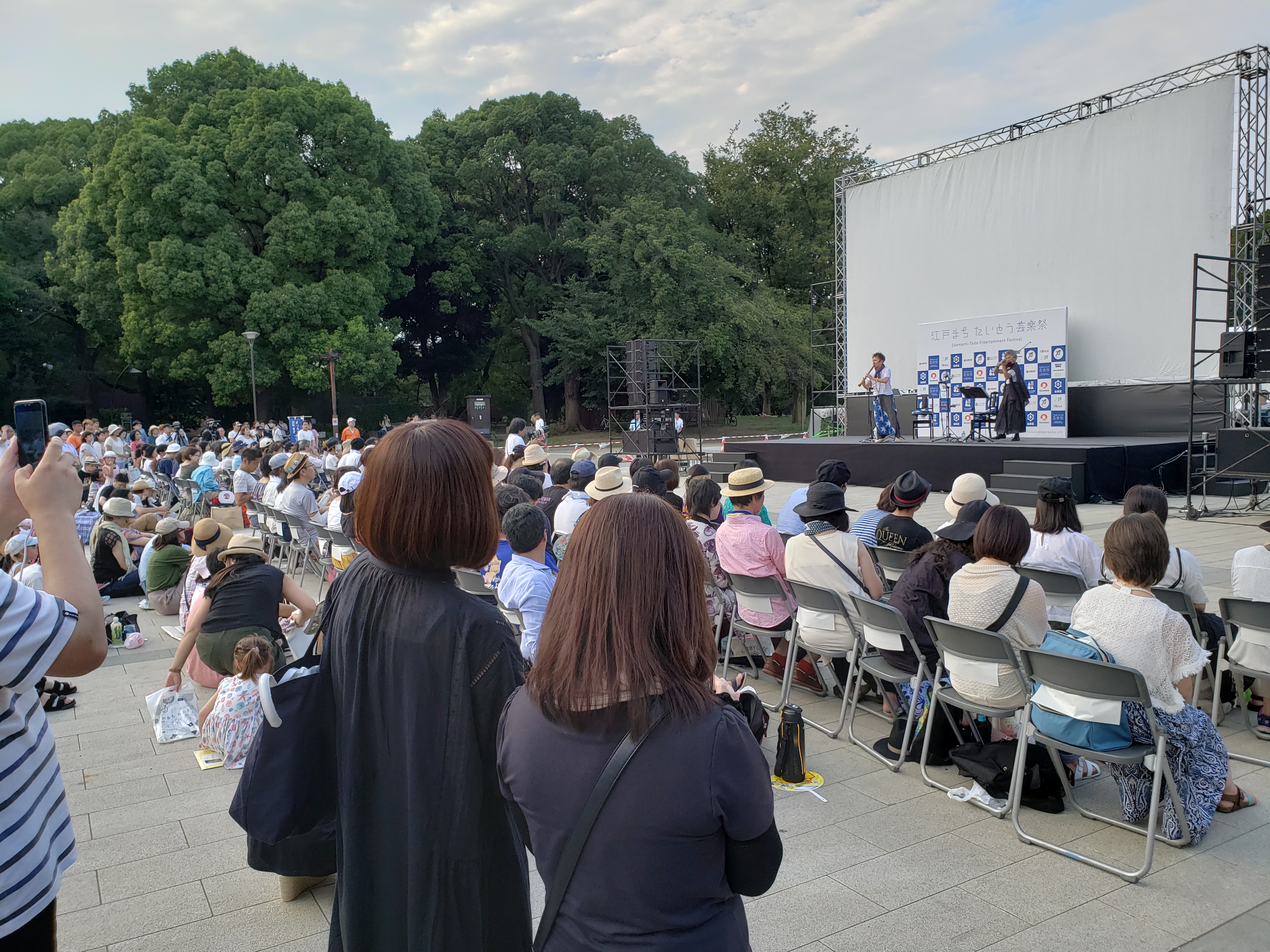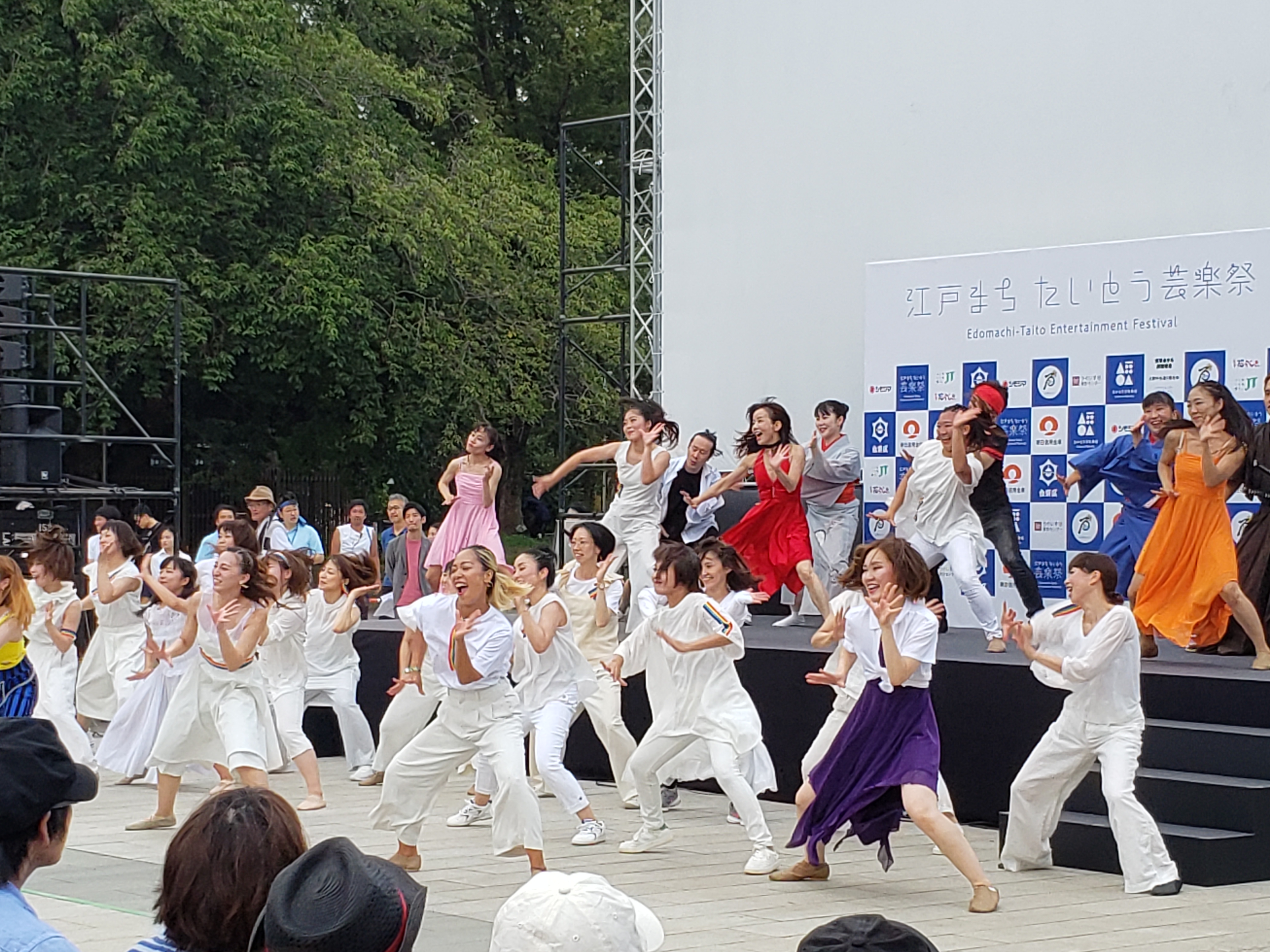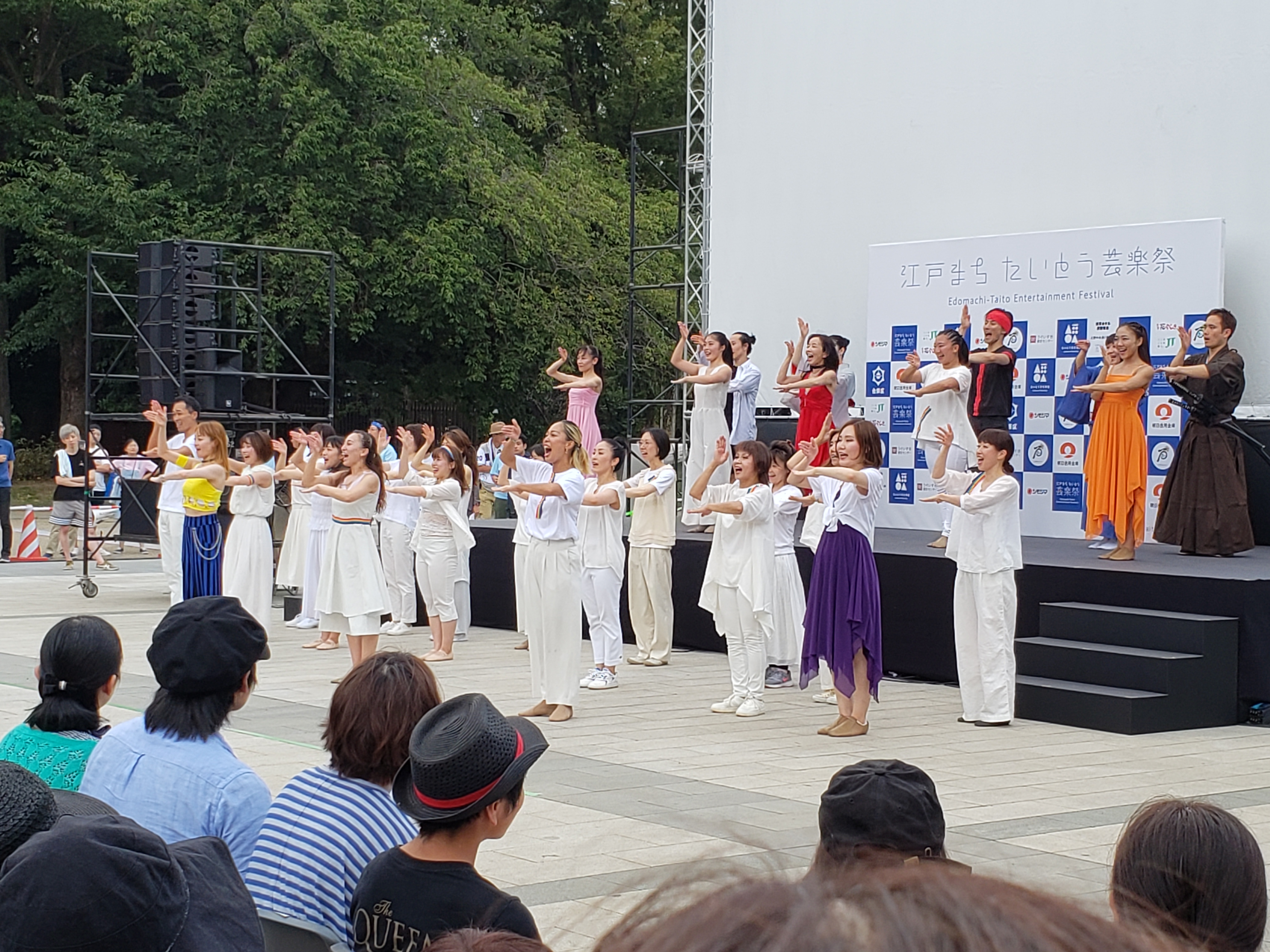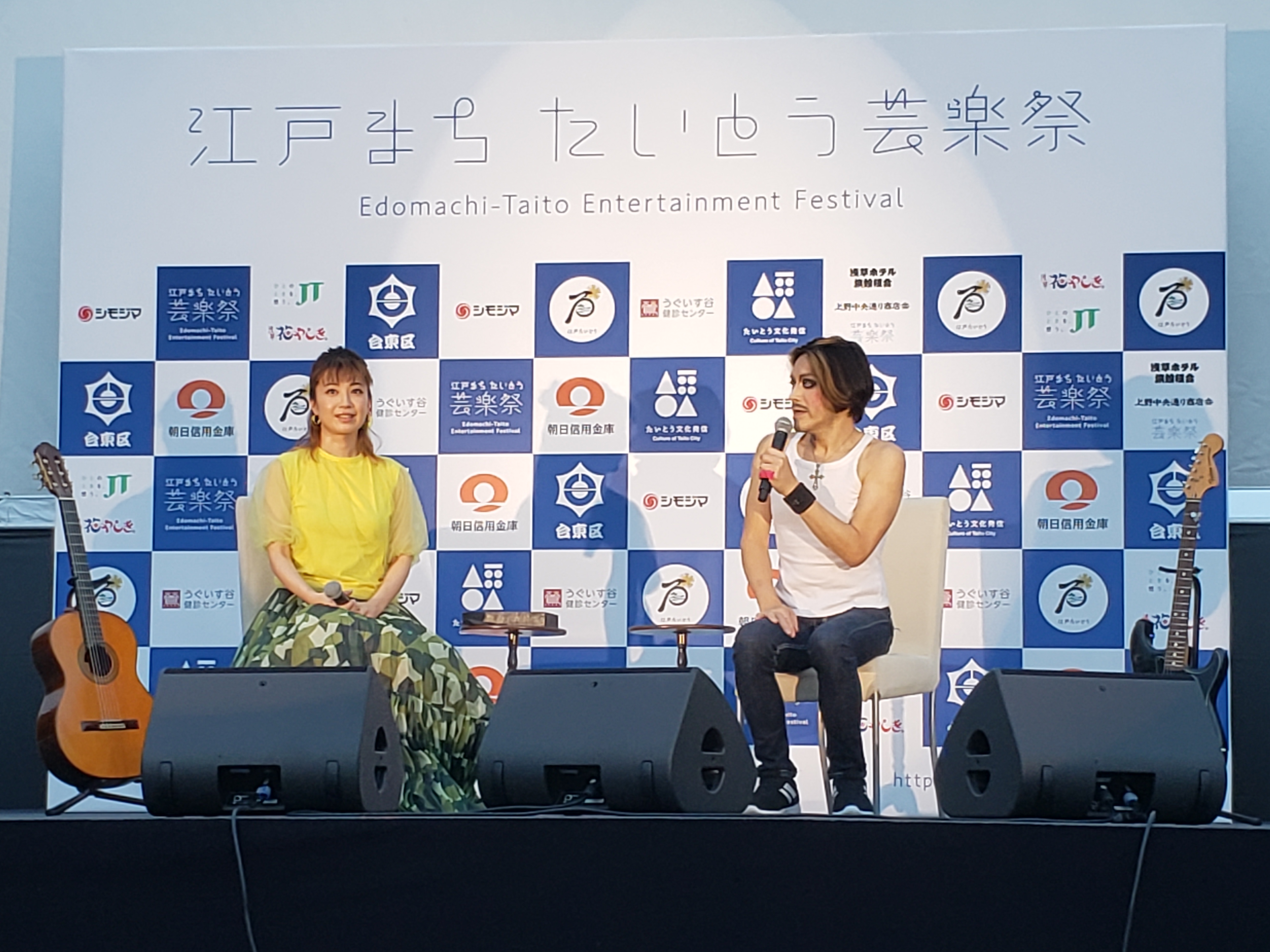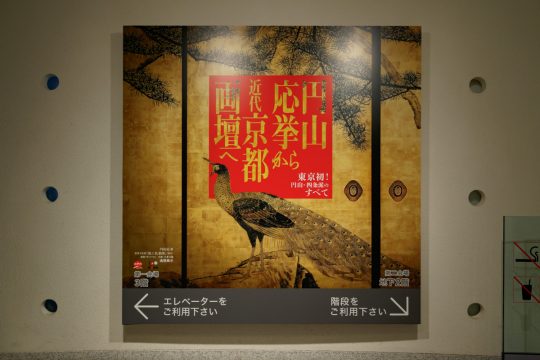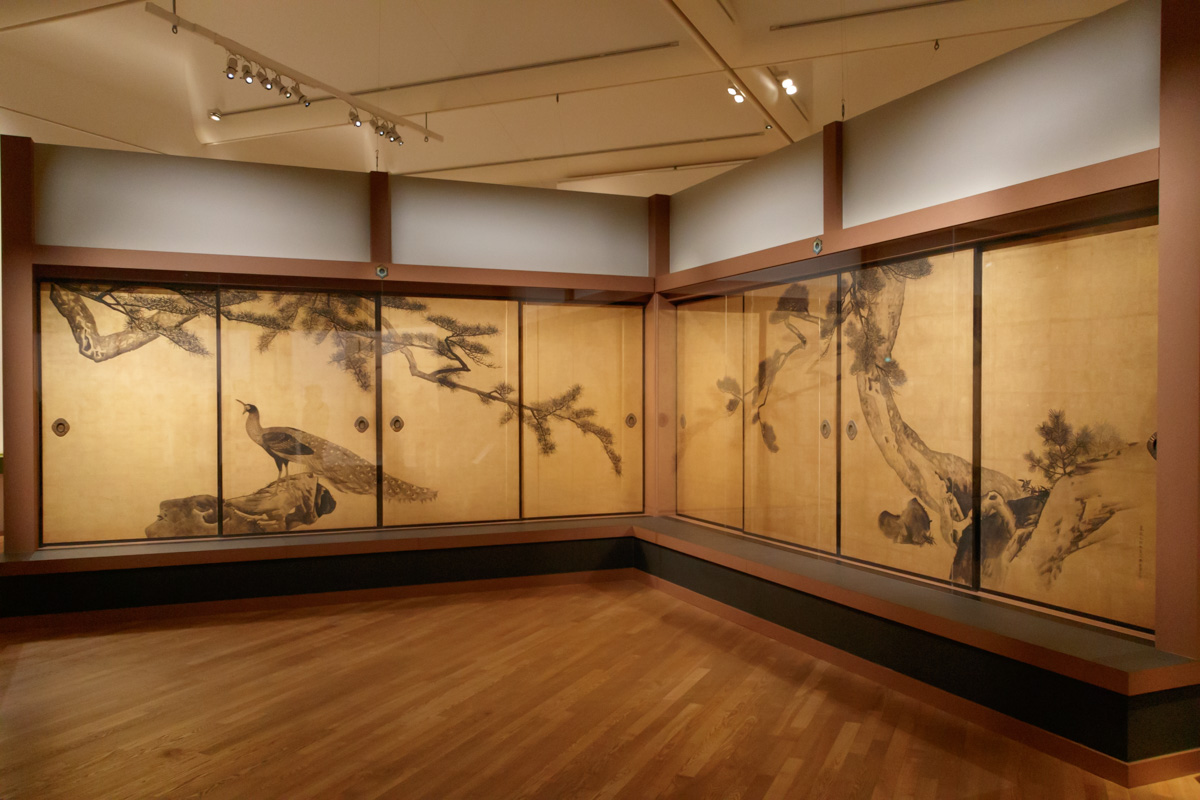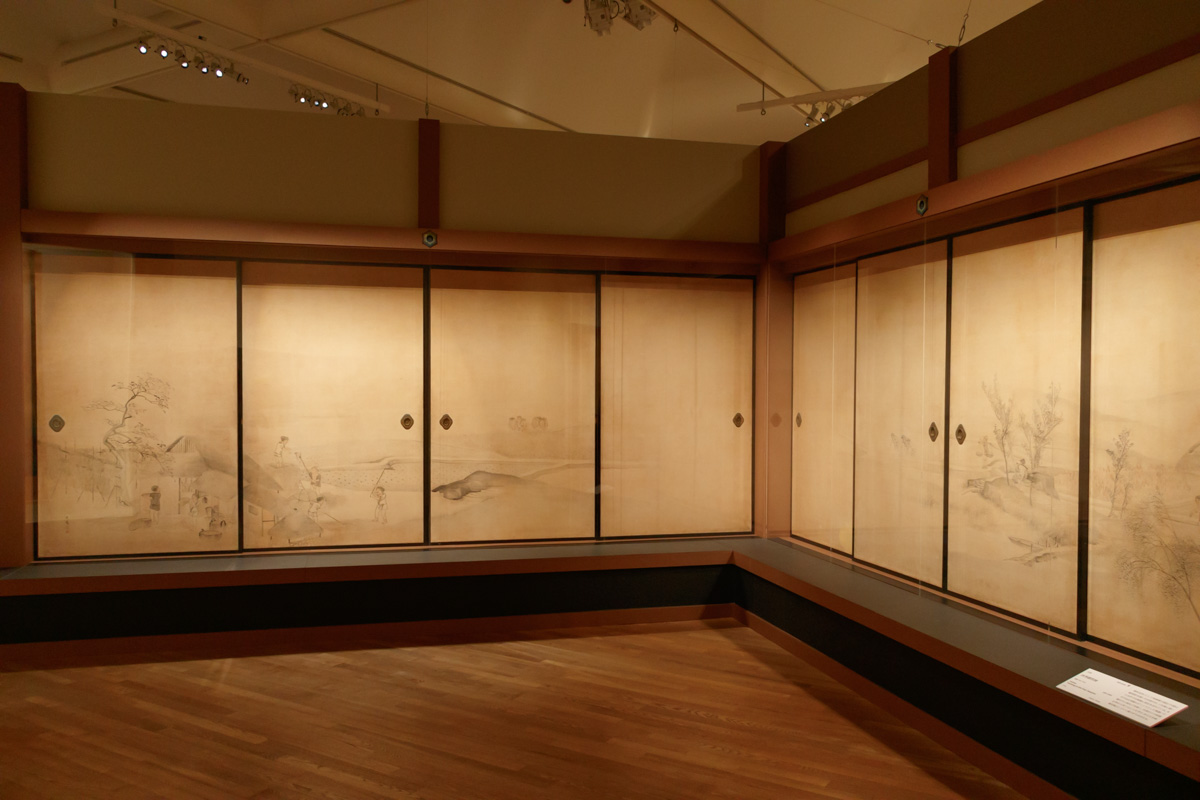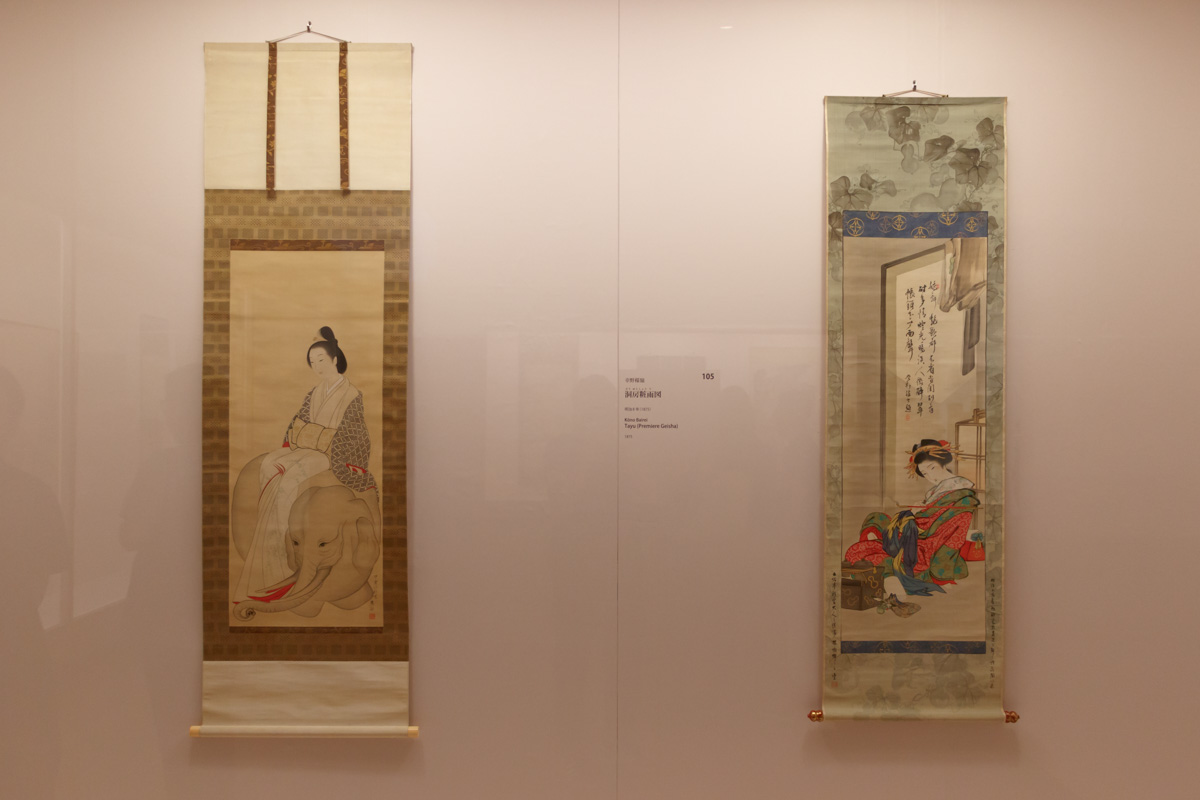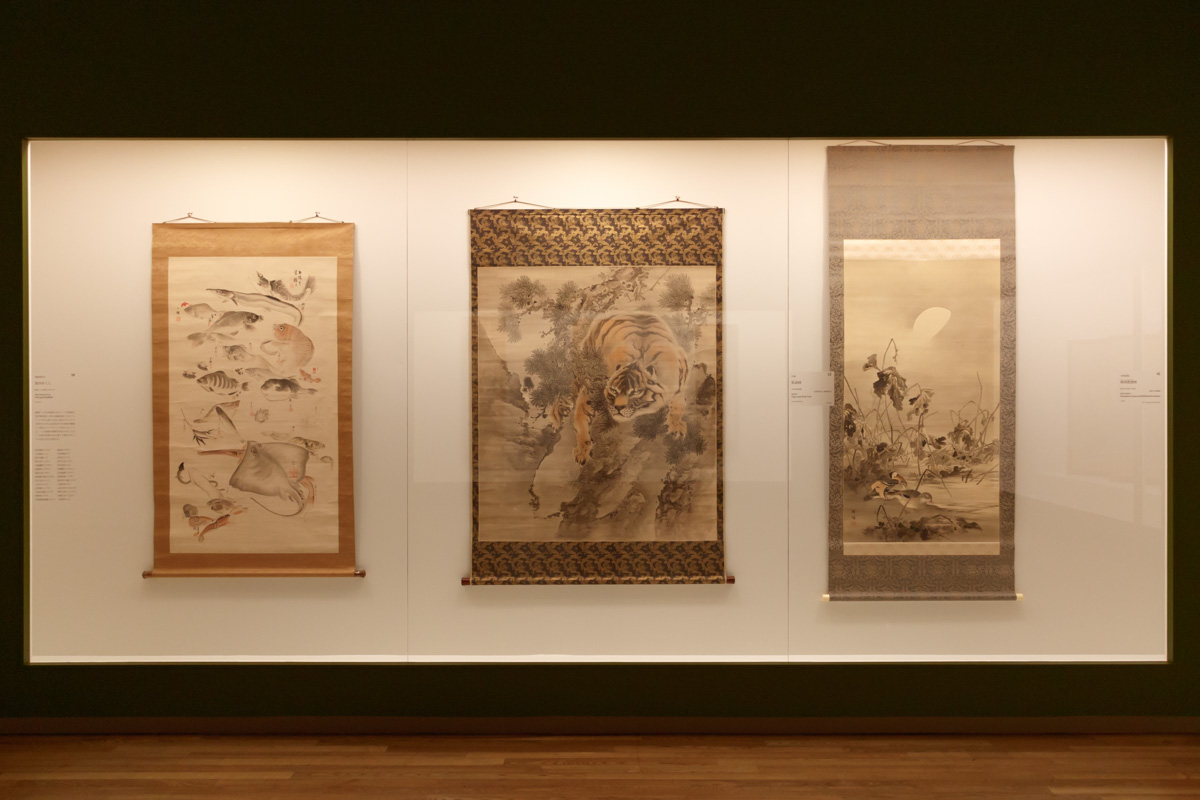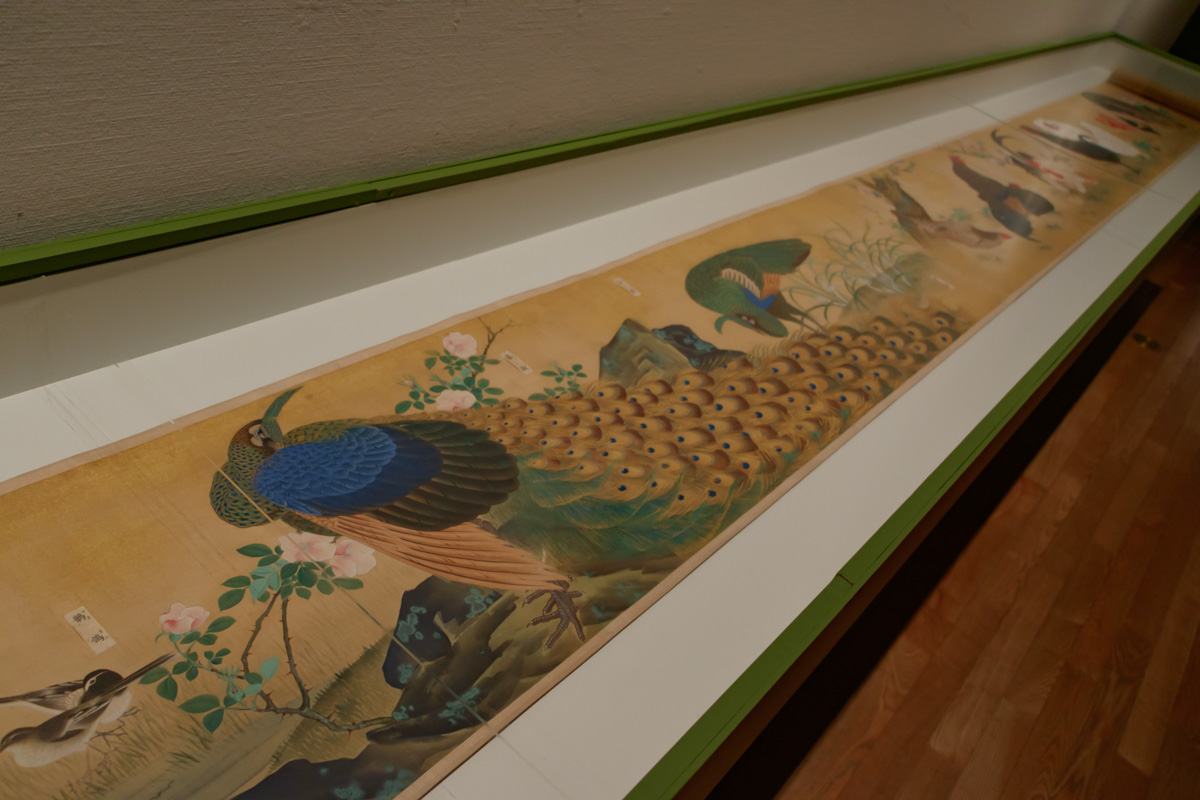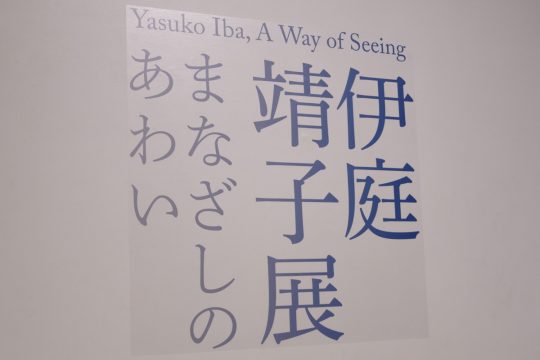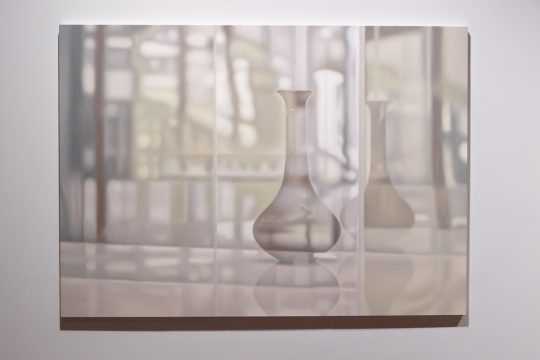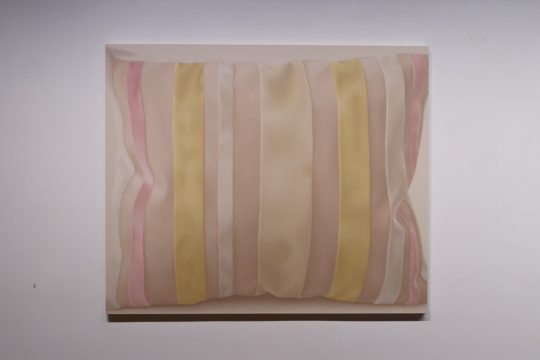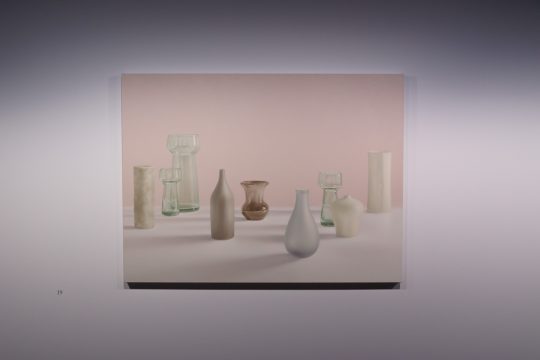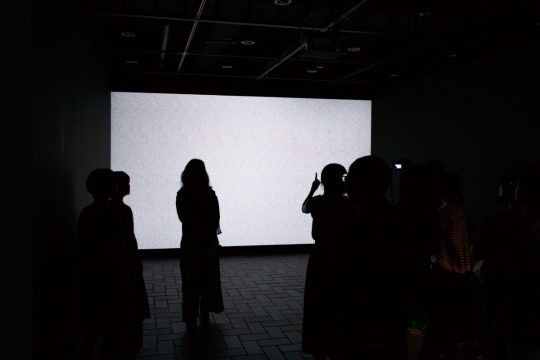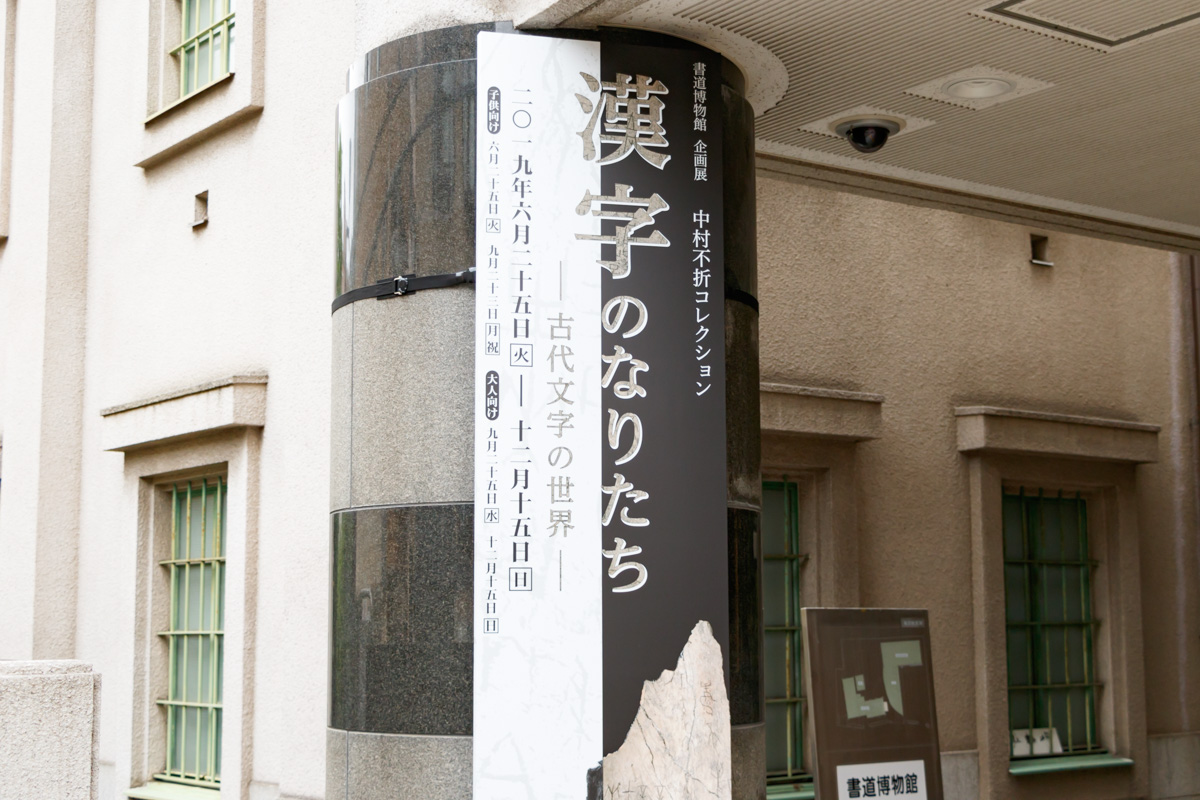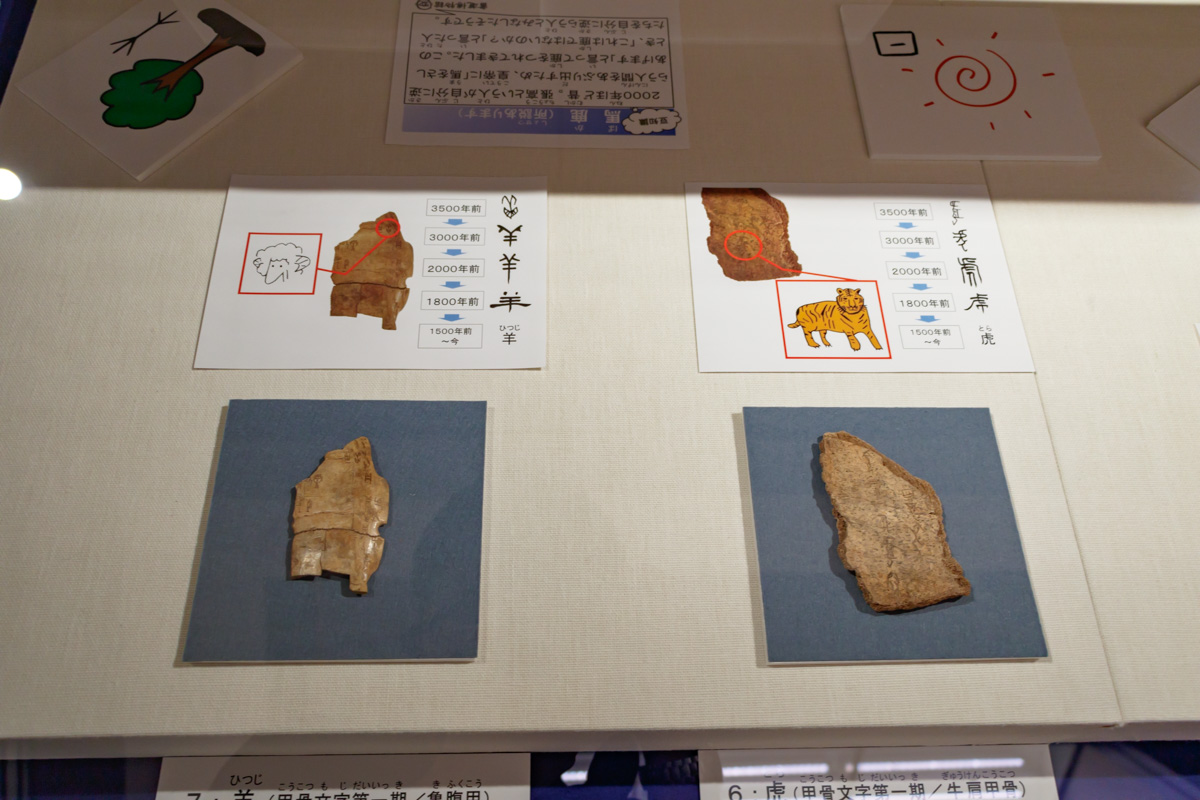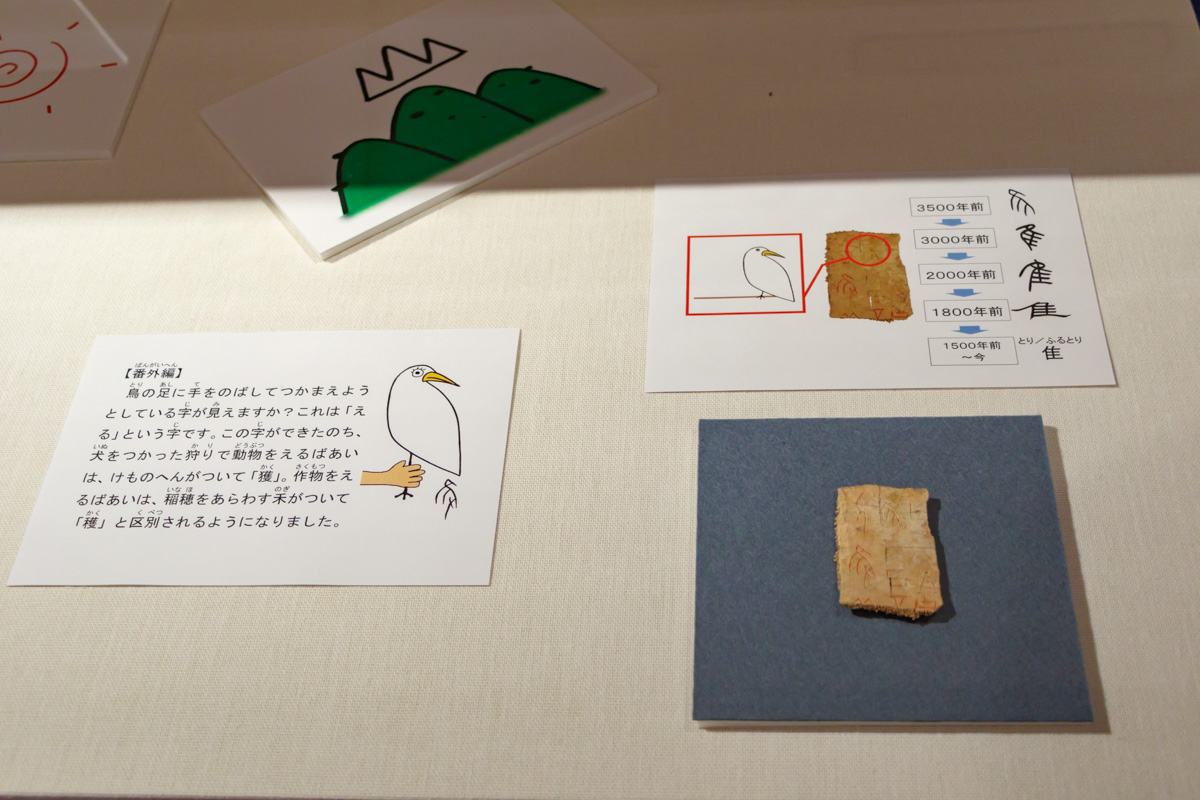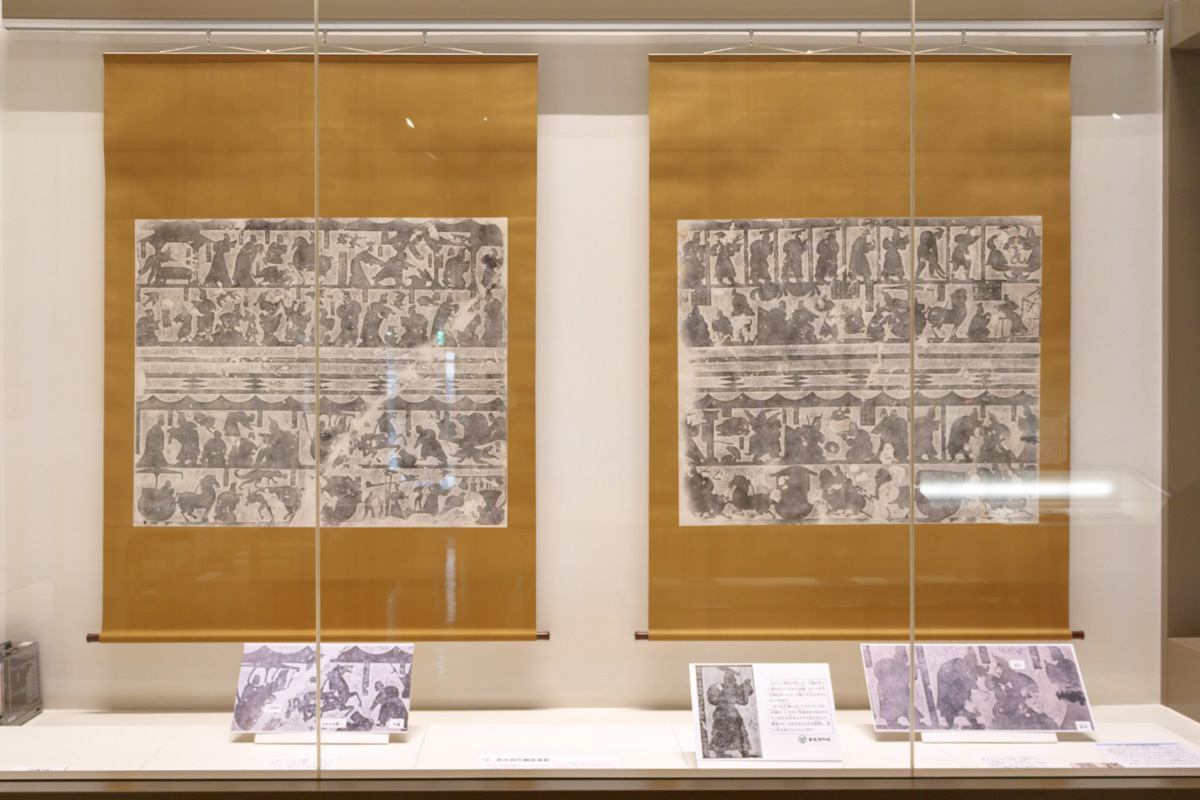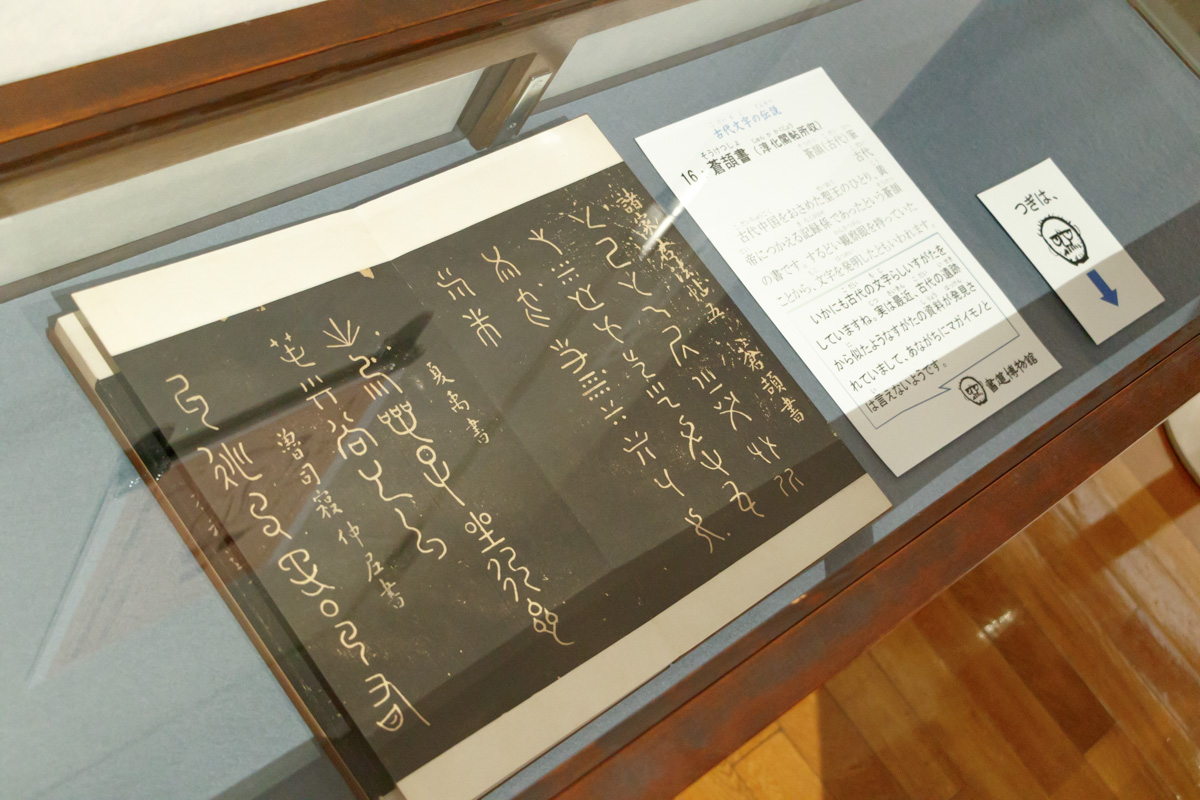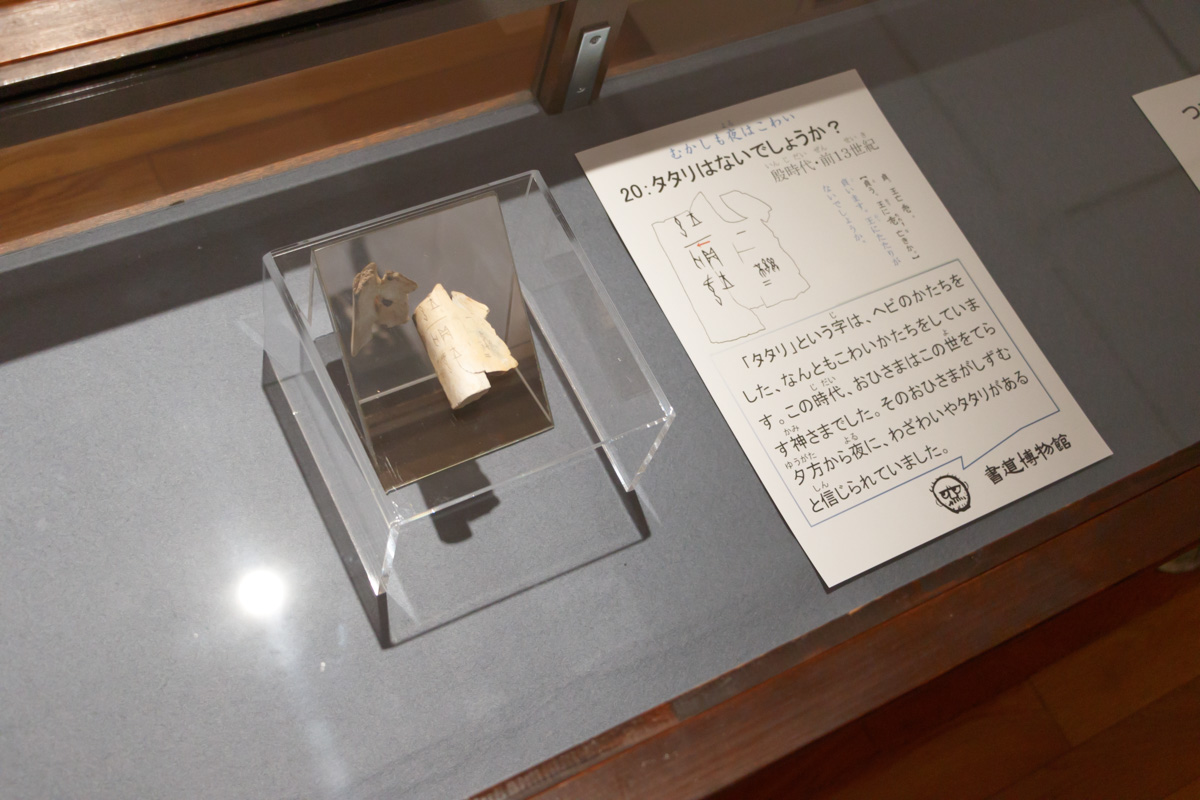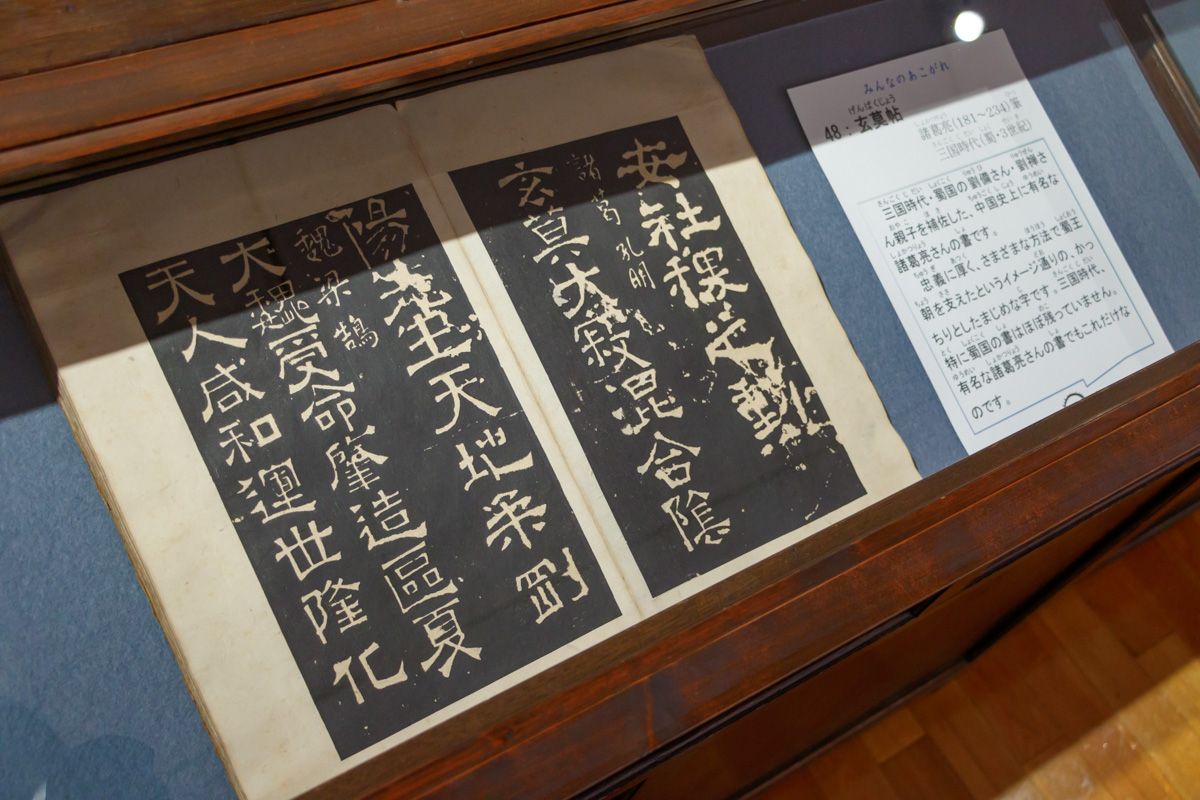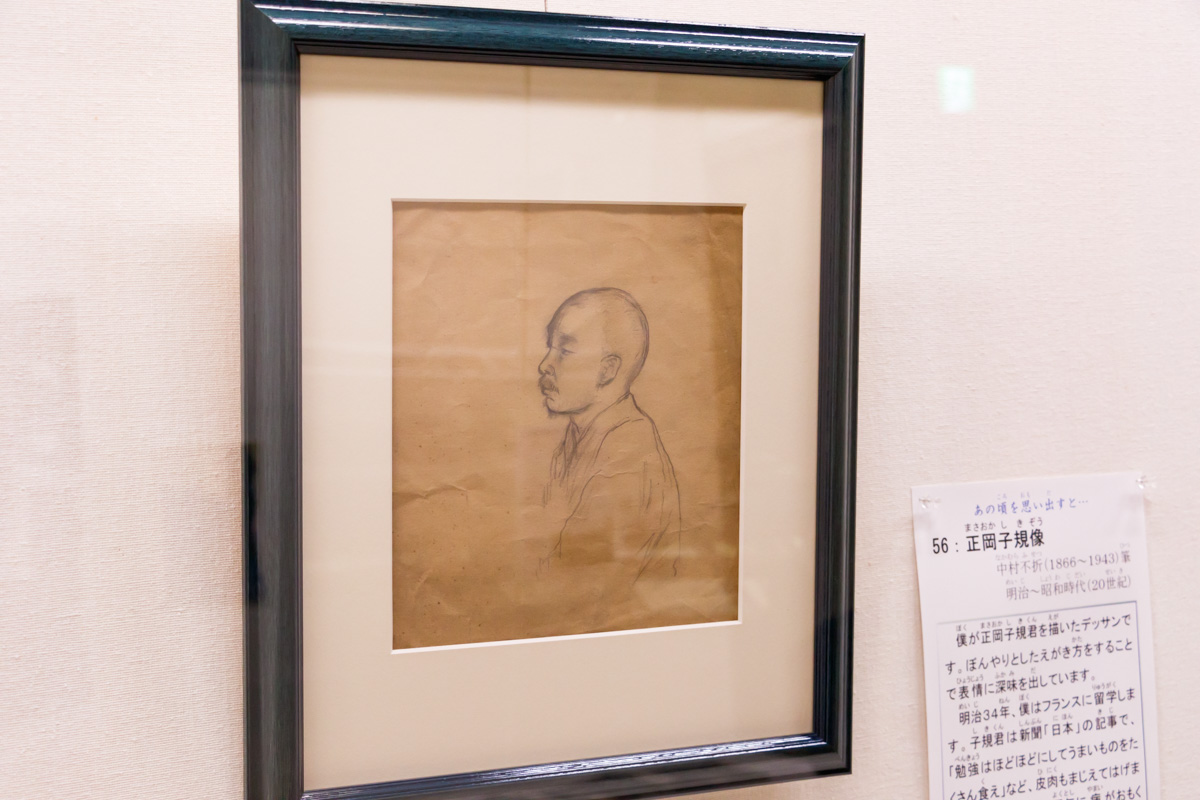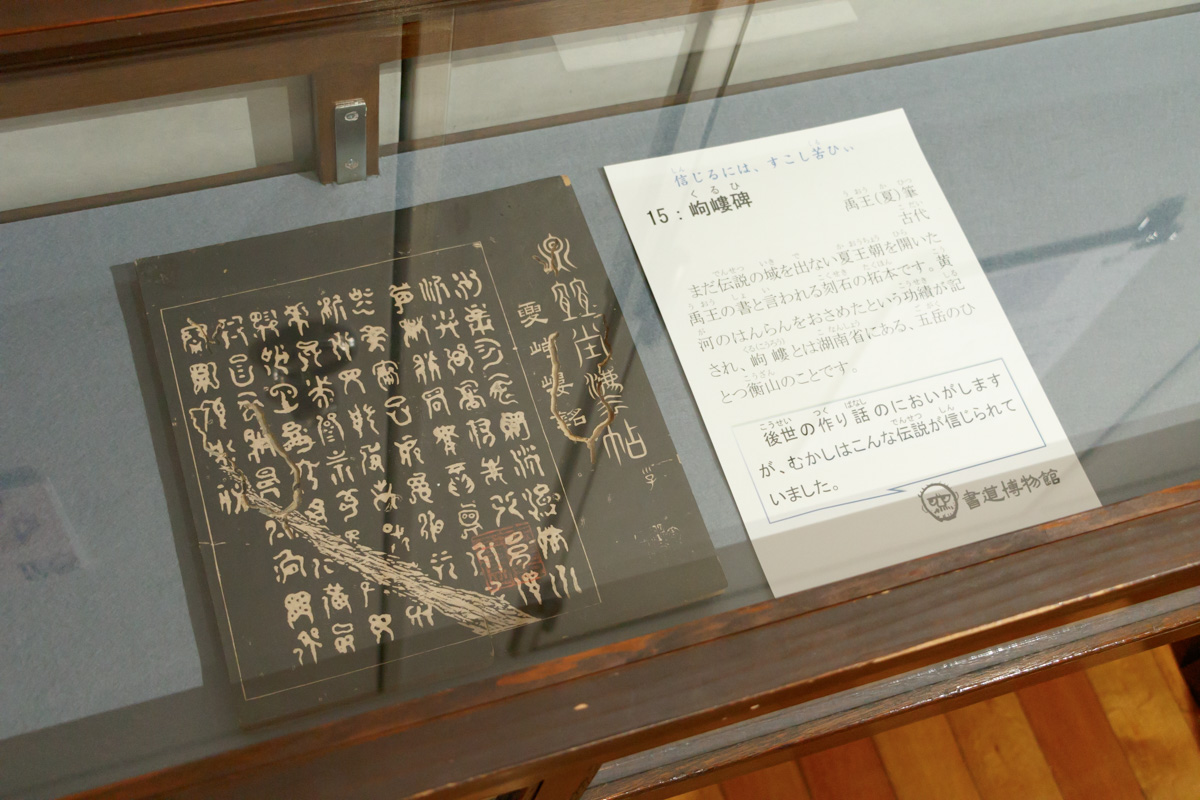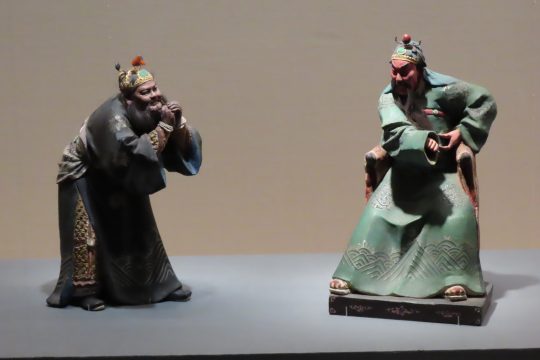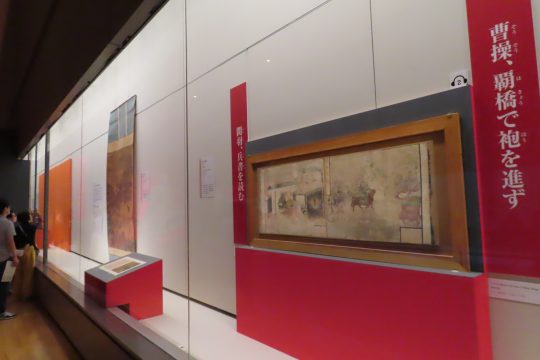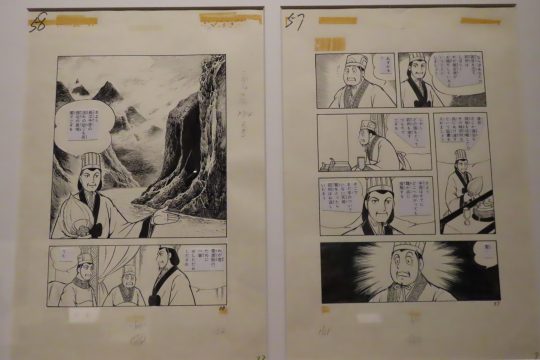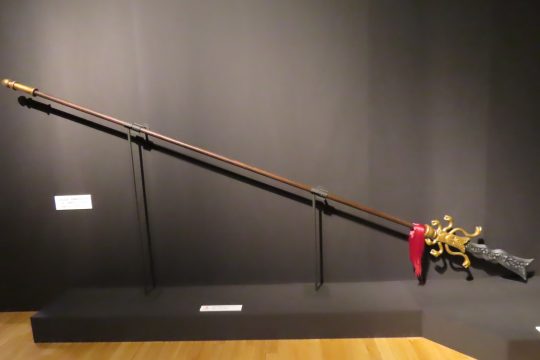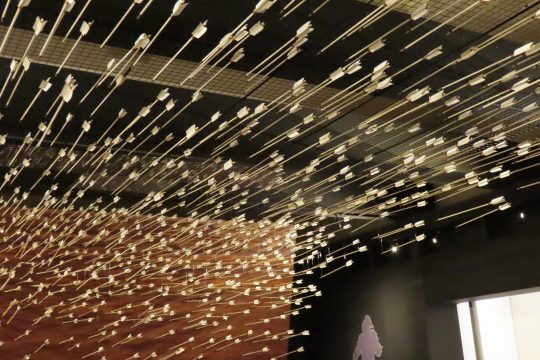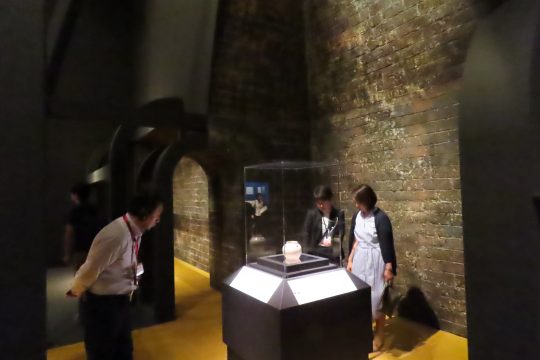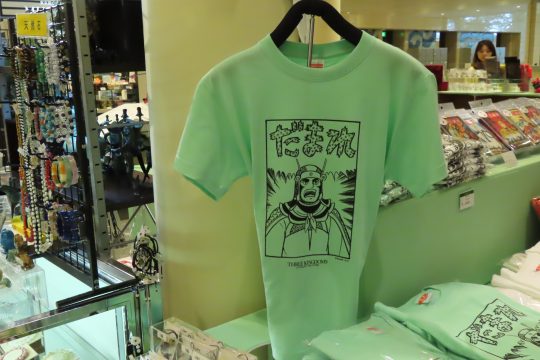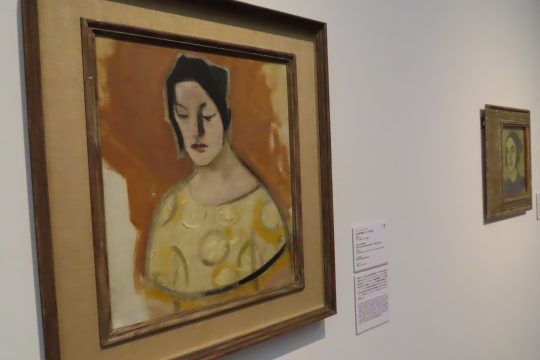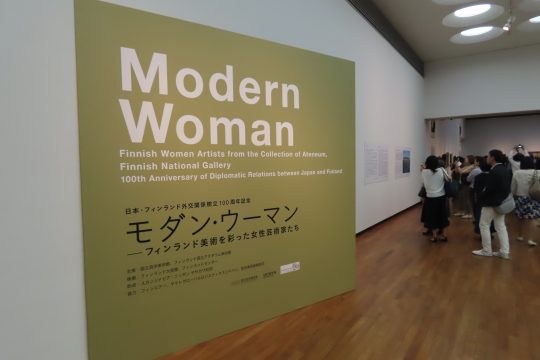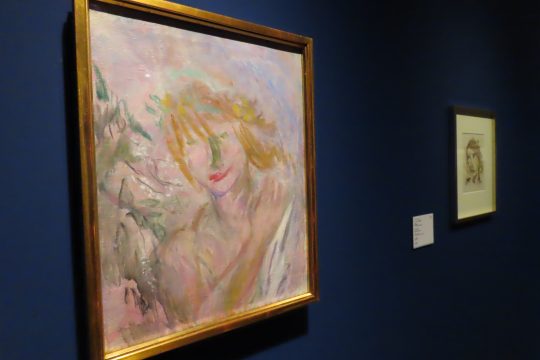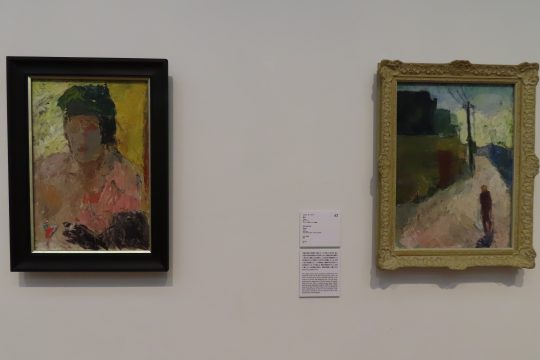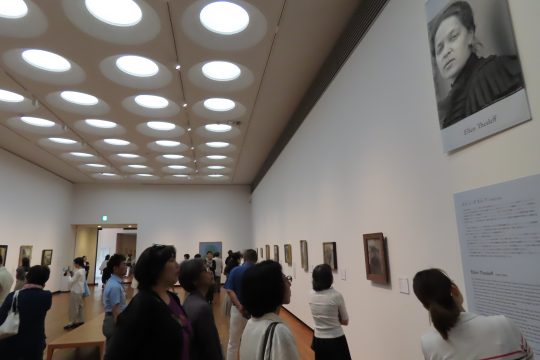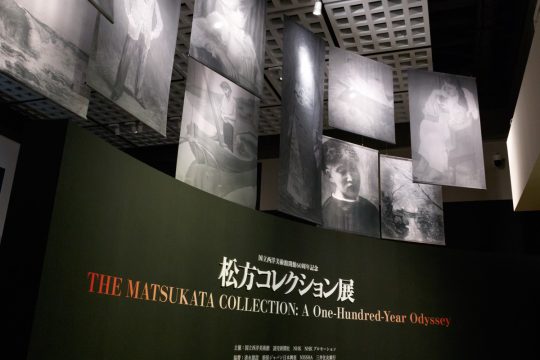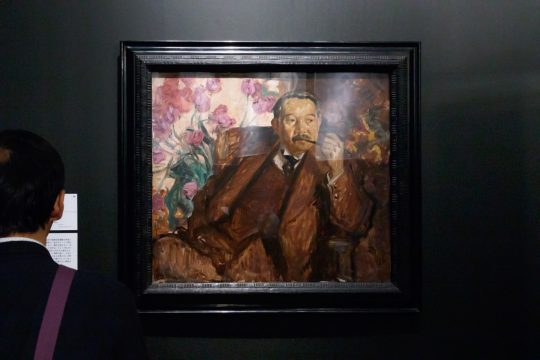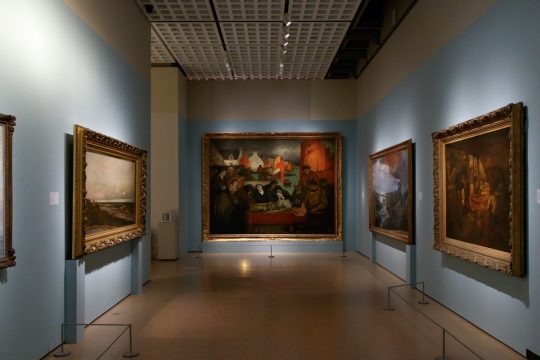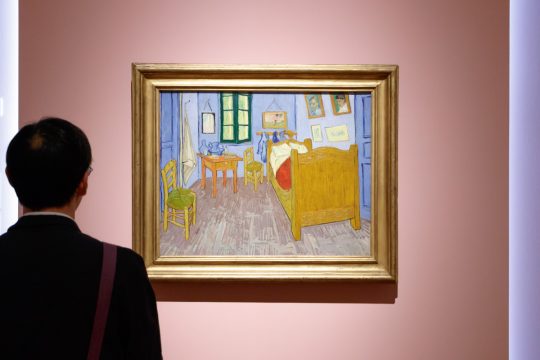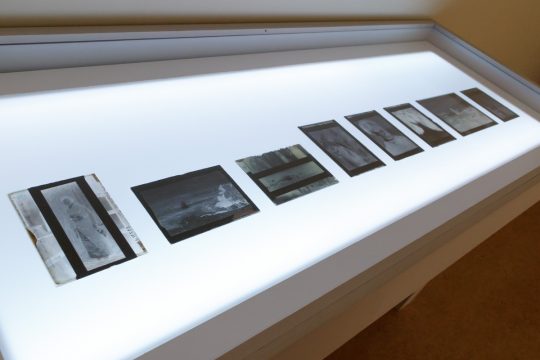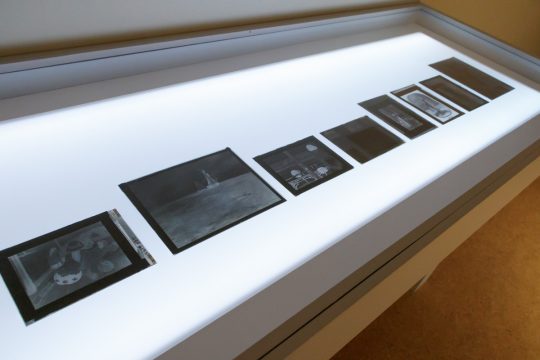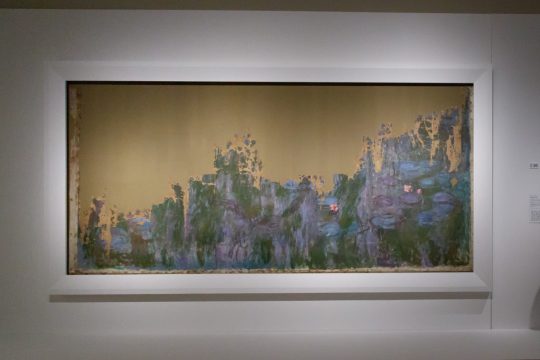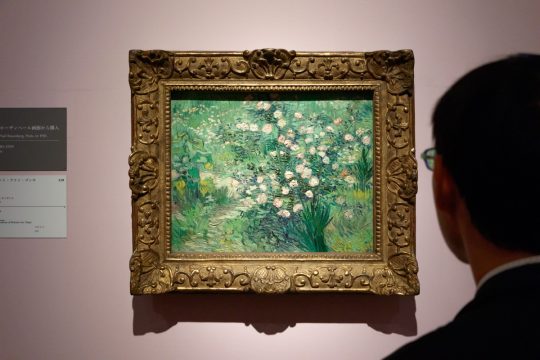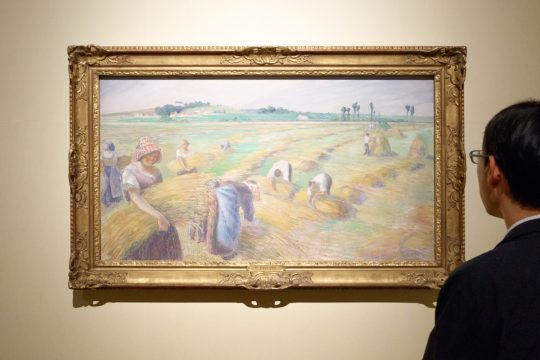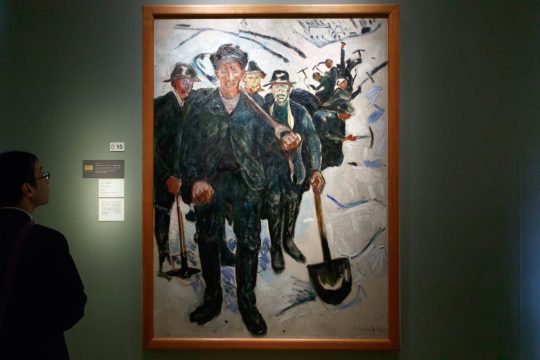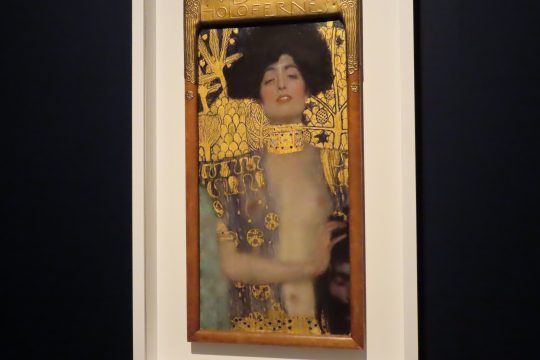Taito Ward Asakusa Public Hall

From August 18th (Sun) to October 26th (Saturday), the 2nd Edo Machitaito Geiraku Festival ~ Summer no Jin ~ is held. It is a festival where you can enjoy the various performing arts and art culture that have been nurtured, protected, and inherited to the present age, such as enterprising spirit.
On October 15th, “Beat Takeshi ~ Talking about Asakusa ~” was held.
This event was attended by Beat Takeshi, honorary adviser to the executive committee of the performing arts festival.
What does Takeshi talk about?
This time we interviewed you, so please have a look.
This event is part 1 in comics, comedy, Wandering song, rakugo,
In the second part, Takeshi’s talk show and two parts.
Part 1 Top Batter is Shooting Star who has won the THE MANZAI Takeshi Award for the second consecutive year of 2017 and 2018.
The audience’s grab is OK with the calmness of Chuei’s gag and Shinichiro Takiue, who intrudes into the audience seats and makes unexpected movements. I ended up.
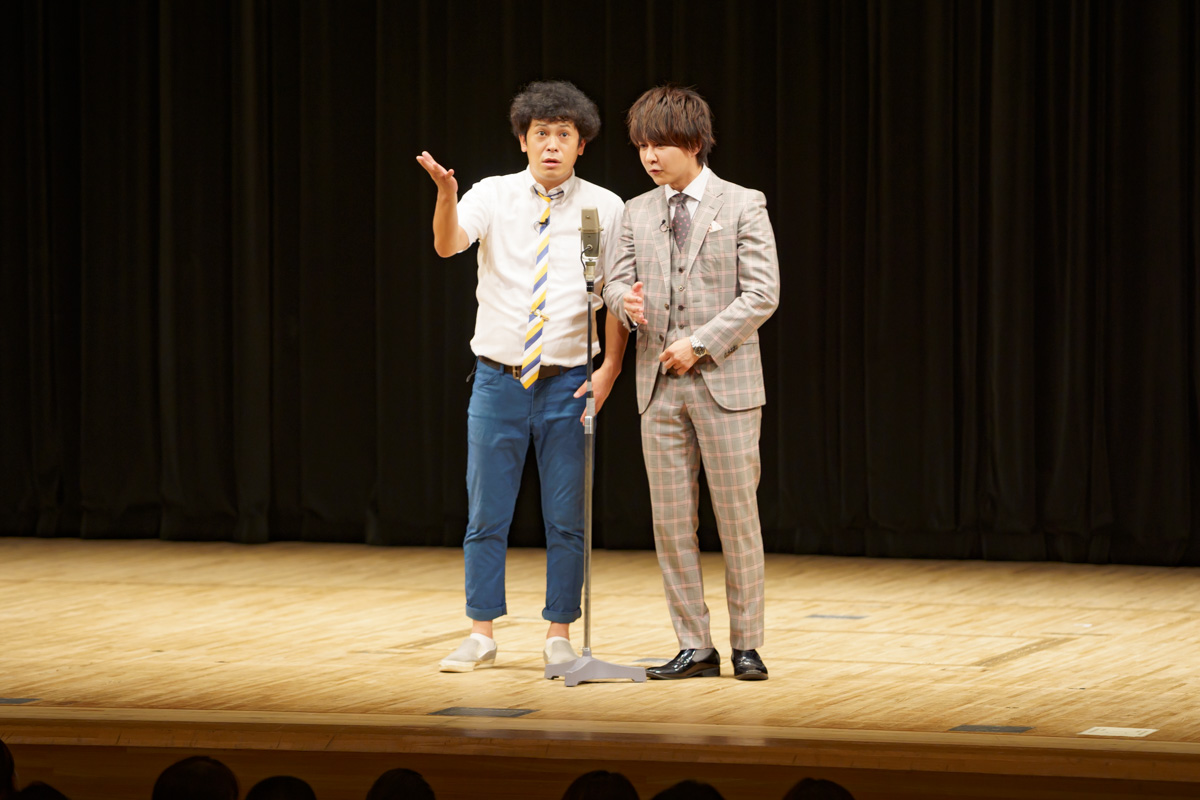
Next is the appearance of Hiroshi (Comedy), a pin entertainer who made a big break in 2004.
Mr. Hiroshi who is obsessed with his masochism.
The sad and humorous story is unrivaled.
The venue will be heated to every word.
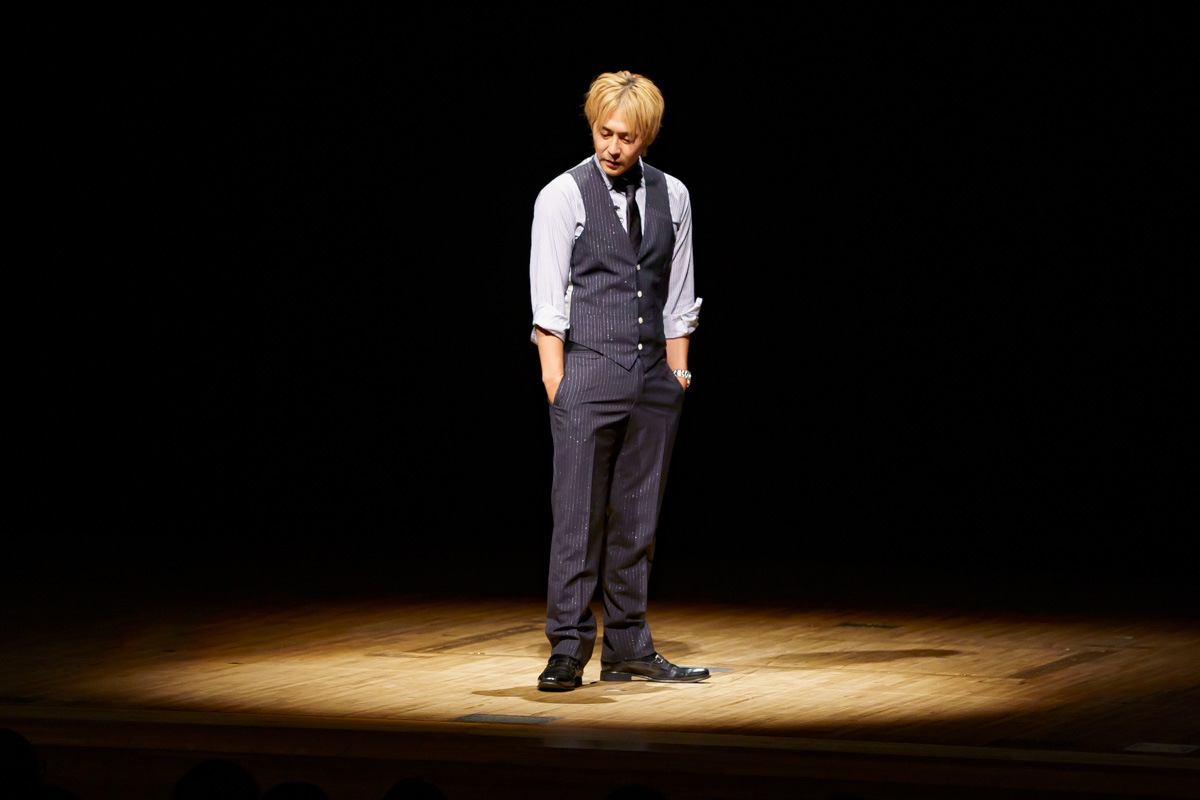
The third is Tamagawa Daifuku’s Wandering song.
When Daifuku went up on the stage, a loud shout “Daifu-ku!” Came from the venue.
After explaining to the customers how to enjoy and excite the Wandering song, they showed off the Wandering song that were arranged in a modern style. A sense of unity and applause wrapped up the venue.
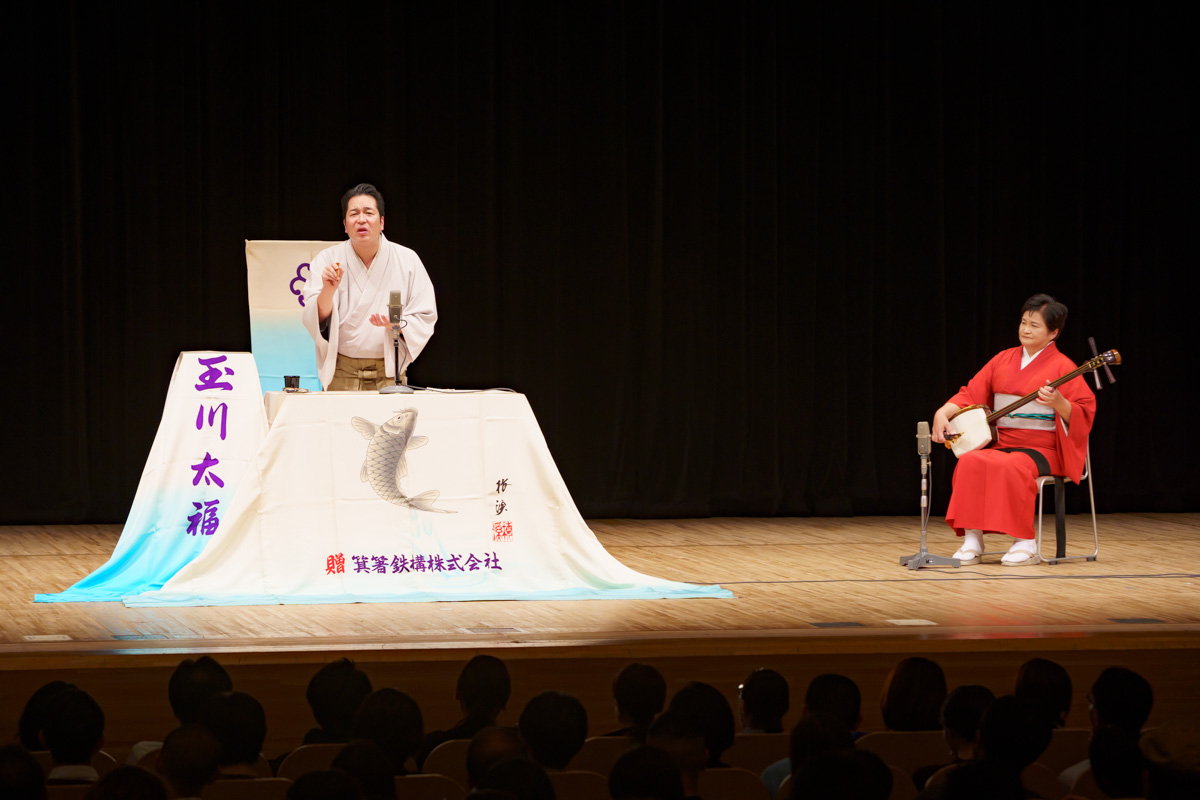
Lastly, it is a rakugo story of Kokontei Kikunojo.
After grabbing the heart of the customer with a sarcastic pillow, the classic rakugo “Turnover” was performed. The conversation between the drunk man and his wife was heard in sophisticated narratives. In the Taiga drama “Idaten”, Rakugo is being taught by Shinsho Kokontei and other actors that Takeshi plays.

Part 2
Finally, it ’s Beat Takeshi.
In the opening MC talk, Takeshi-san was recording a TV program and had not yet arrived at the venue, so the talk show itself was in danger, but in fact it was a story. Takeshi-san.
Asakusa has become familiar and has become an entertainer since his childhood. For the unique people he met in this area, he used his own Poisonous tongue and talked with his Attendant, Al Kitago, at a good pace. You
It was impressive that the customers continued to laugh at Takeshi-san’s unstoppable Poisonous tongue.
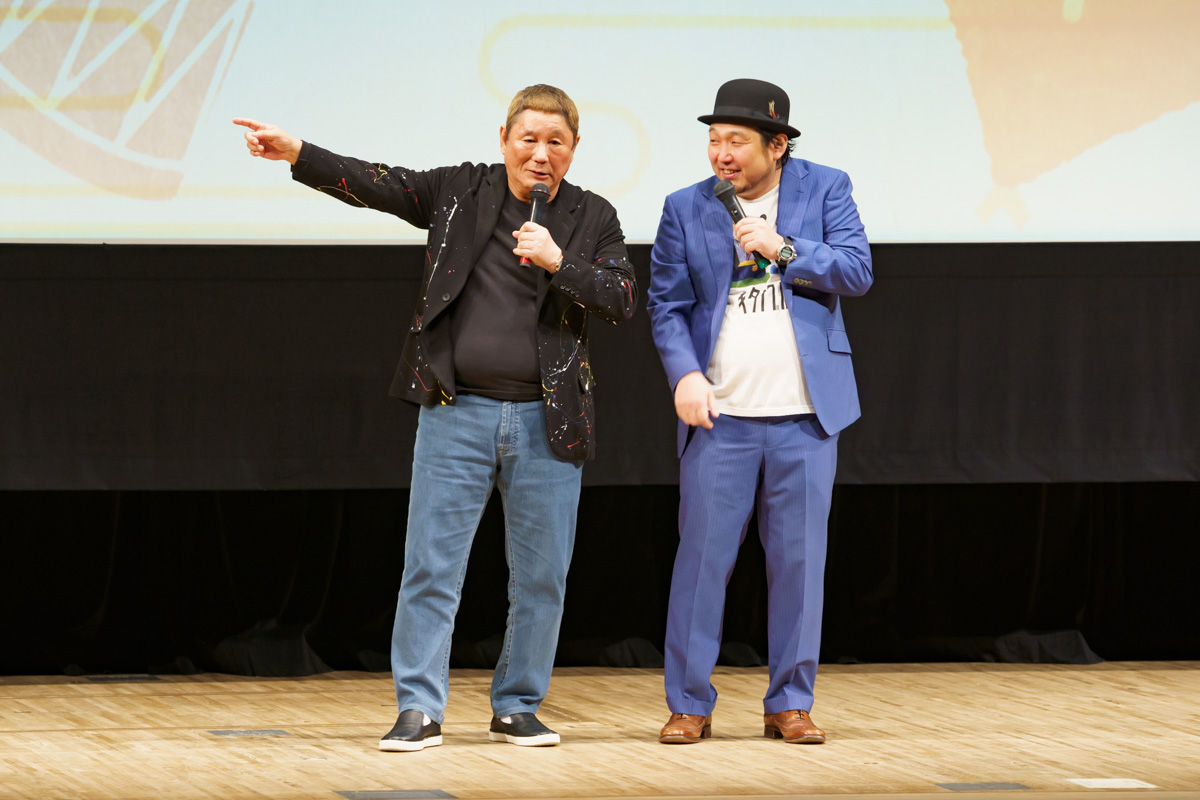

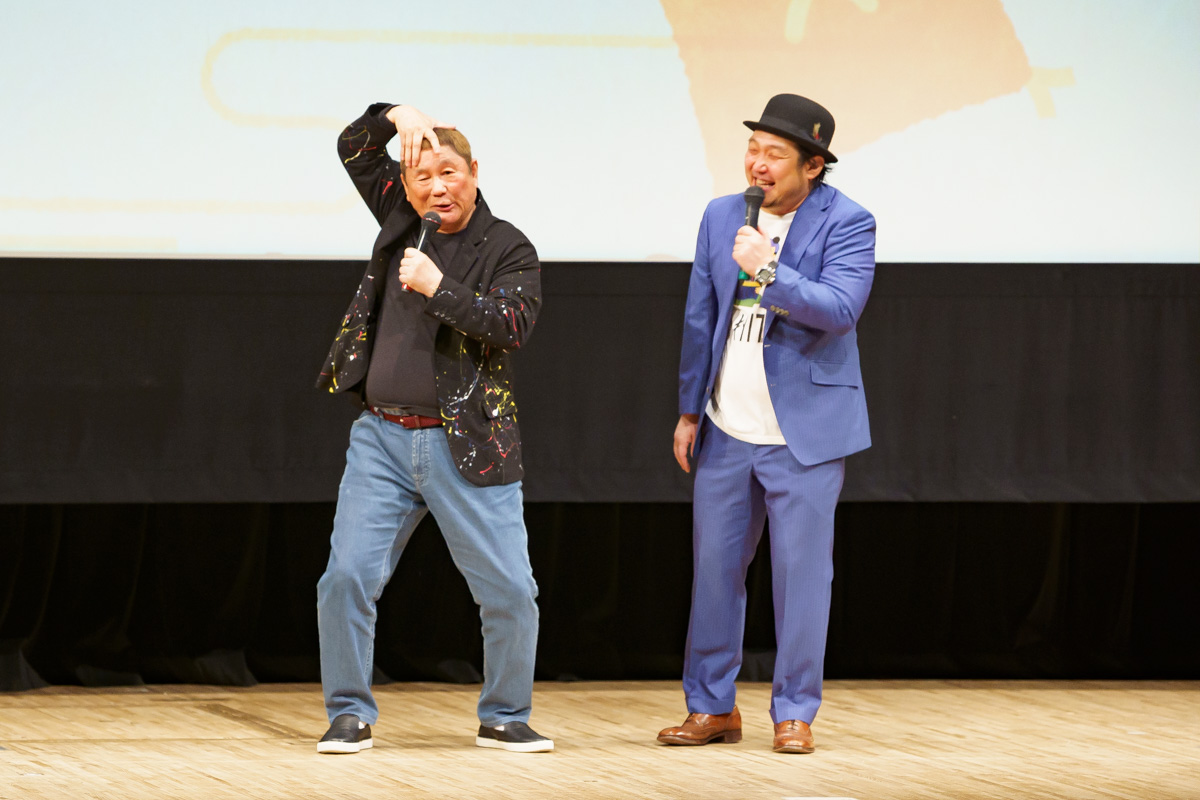
The ending gathered with Takeshi and the performers gathered on the stage.
Takeshi’s Poisonous tongue doesn’t stop there.
Both the customers and the performers were laughing at Mr.Takeshi’s good tempo.
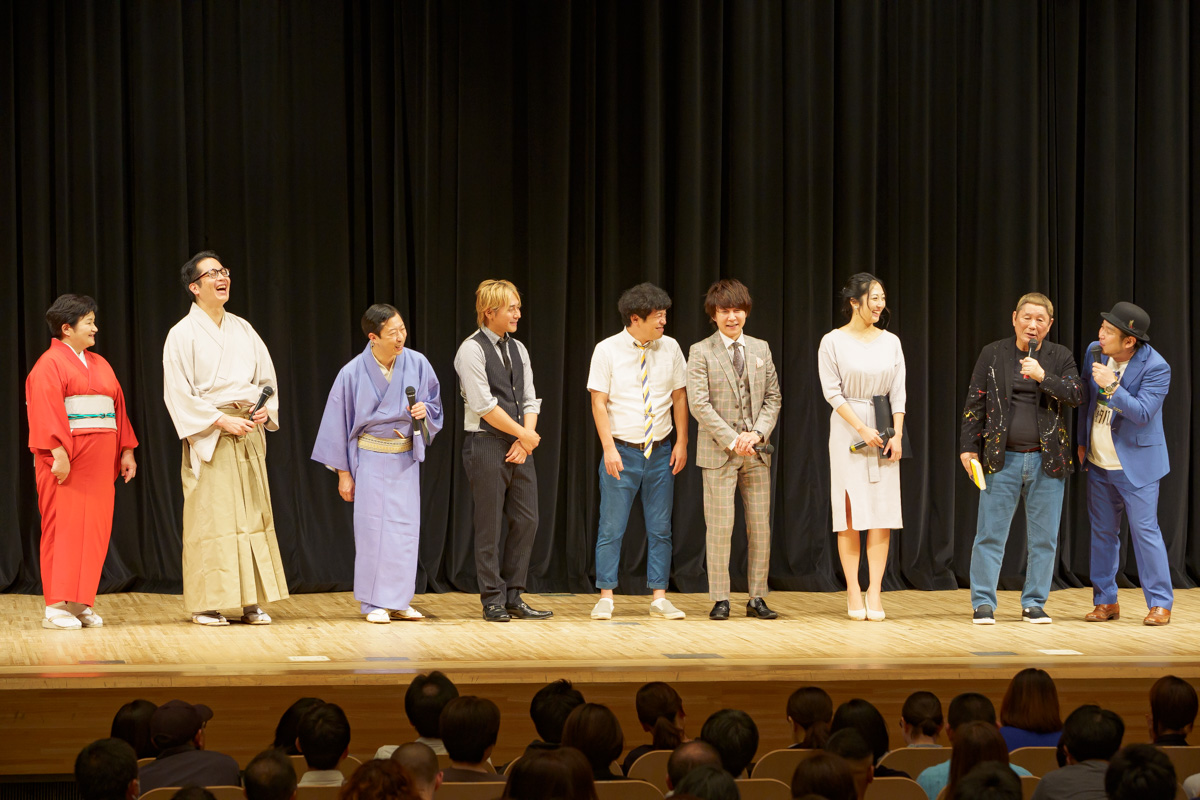
Summary
We reported on the experience report of the 2nd Edo Machi Taito Geiraku Festival-Summer Team-“Beat Takeshi-Talking about Asakusa”.
The laughter of stage performance created by both performers and customers, which cannot be felt on the TV screen, created a sense of unity throughout the venue and a fun time.
The summer team of the 2nd Edo Town Taito Geiraku Festival ended on Saturday, October 26, but the winter team will be held from January 2020, next year.
Edo-machi Taito Performing Arts Festival with a wide variety of events such as movies, performing arts, and theater. Keep an eye on the future.
Outline of Edo Town Taito Performing Arts Festival
| Session | August 18, 2019 (Sun)-February 15, 2020 (Sat) |
| Venue | ○ Ueno district Takenodai Plaza of Ueno Onshi Park (Fountain plaza) -Okachi the town south exit station square addition ○ Yanaka district disaster prevention Square Hatsune of forest ○ the Northern District of Sanya moat Square other ○ Southern District Kuramae elementary school ○ Asakusa district Higashi Honganji Temple, Taito Ward Asakusa Public Hall Other |
| Official website | http://www.taitogeirakusai.com/ |


